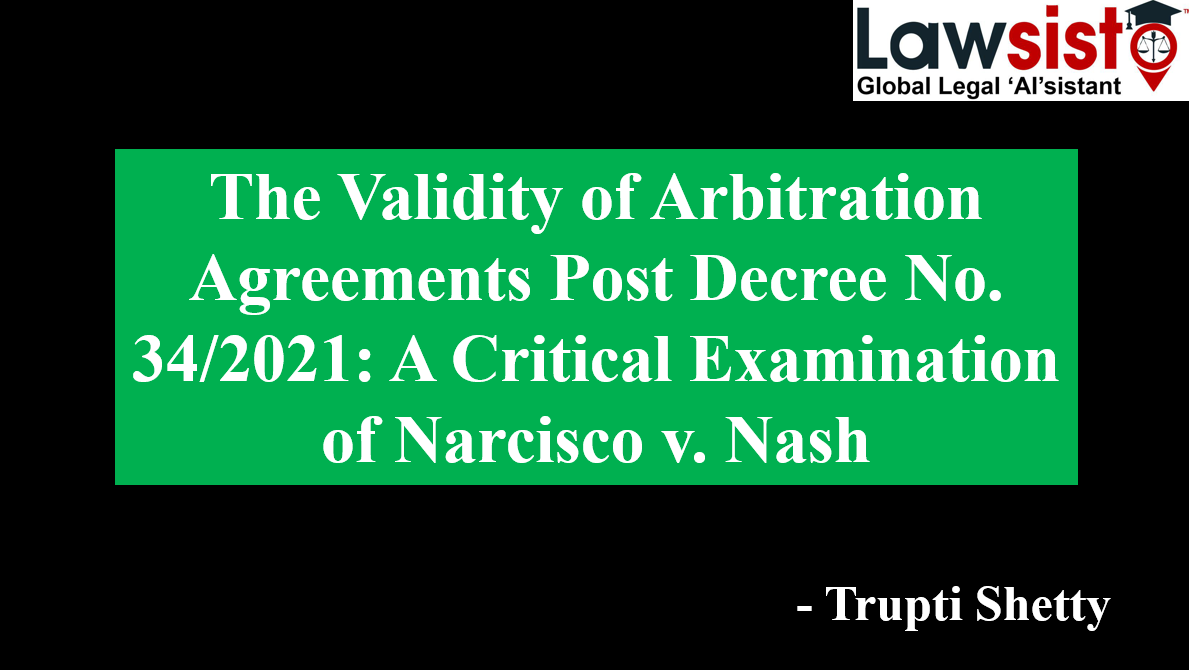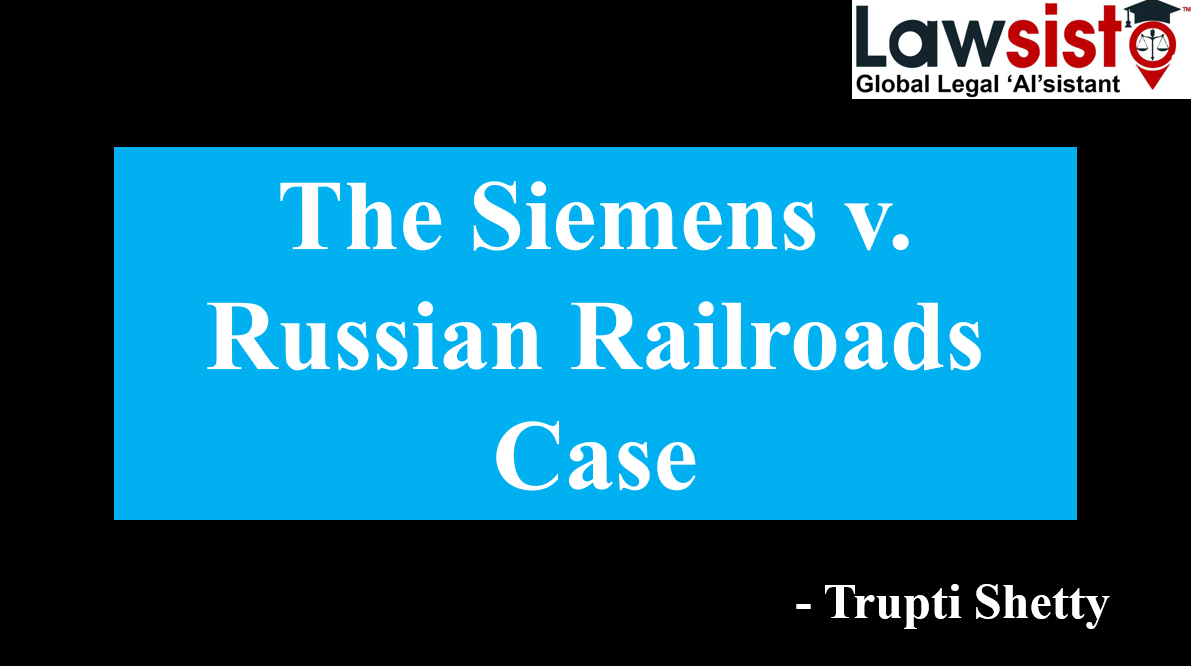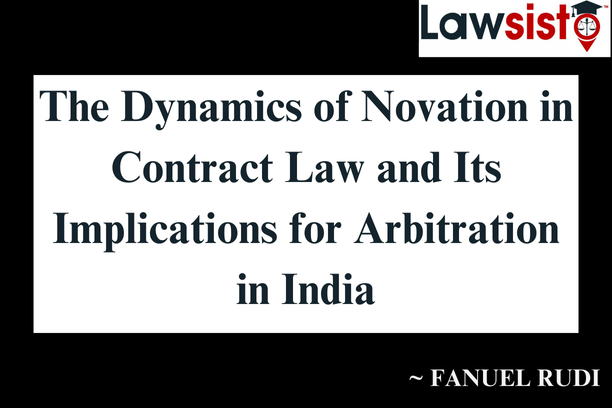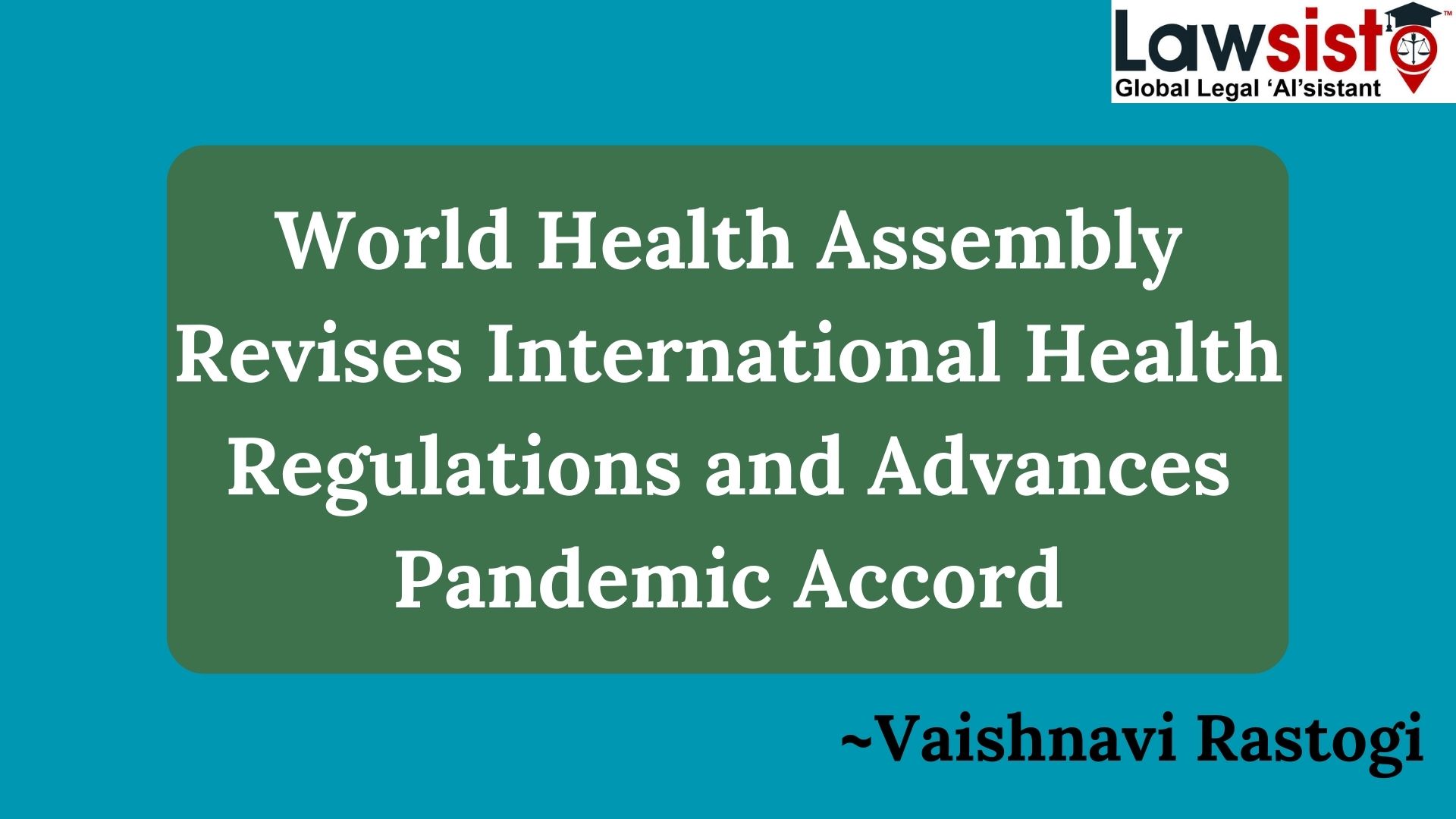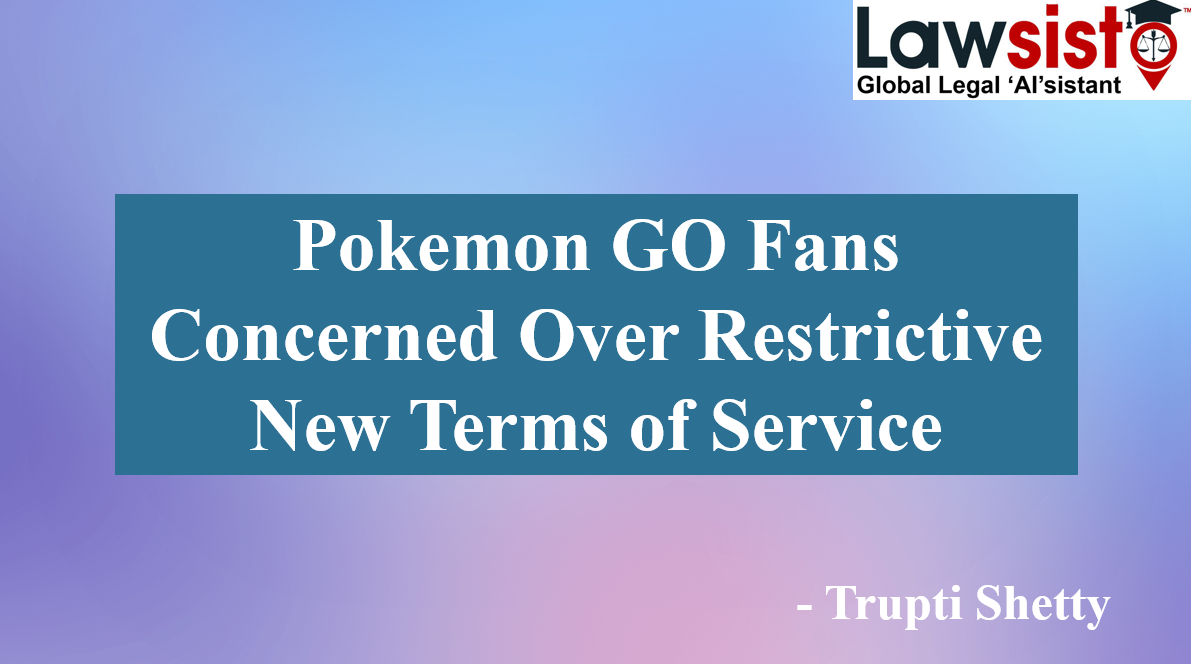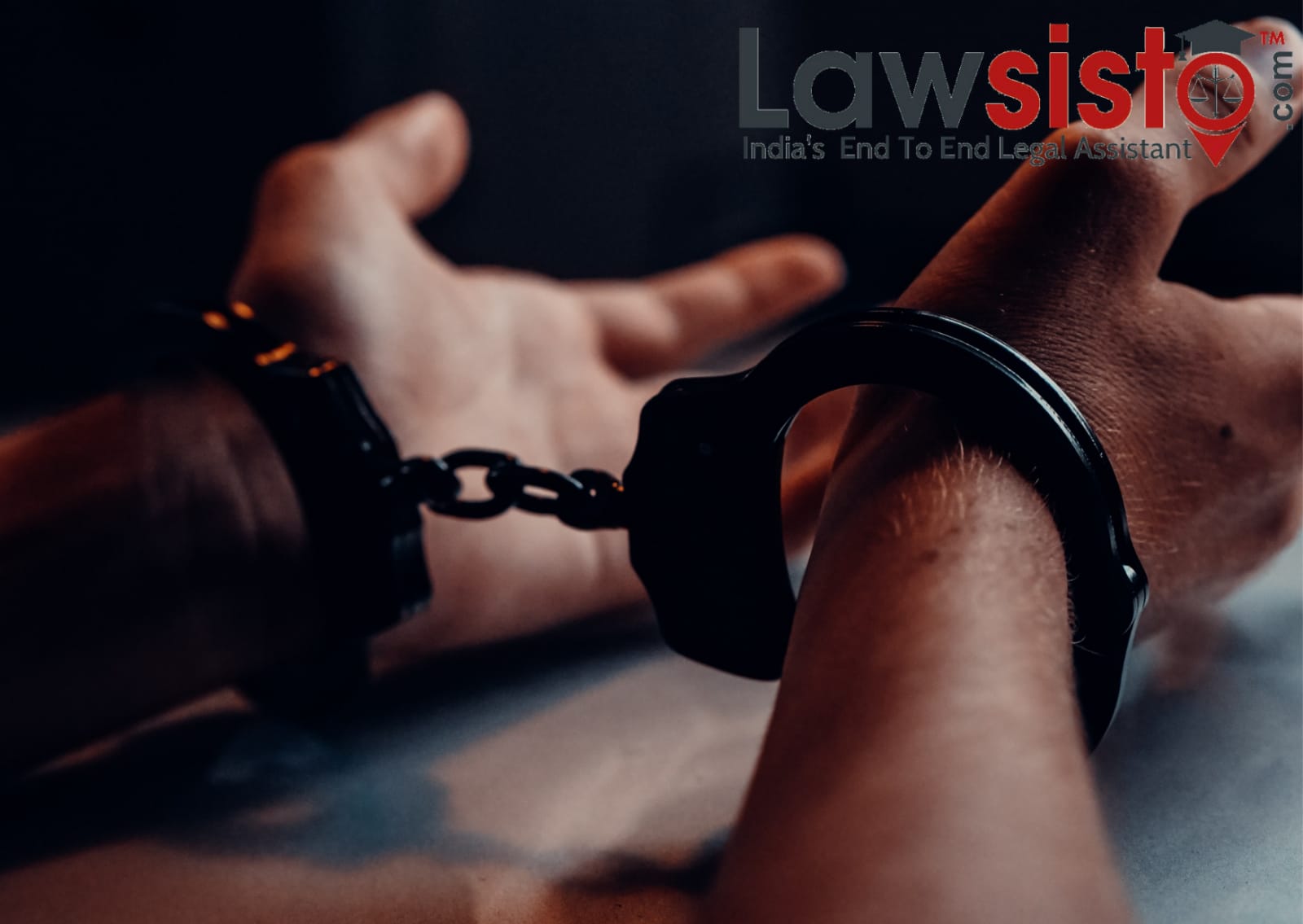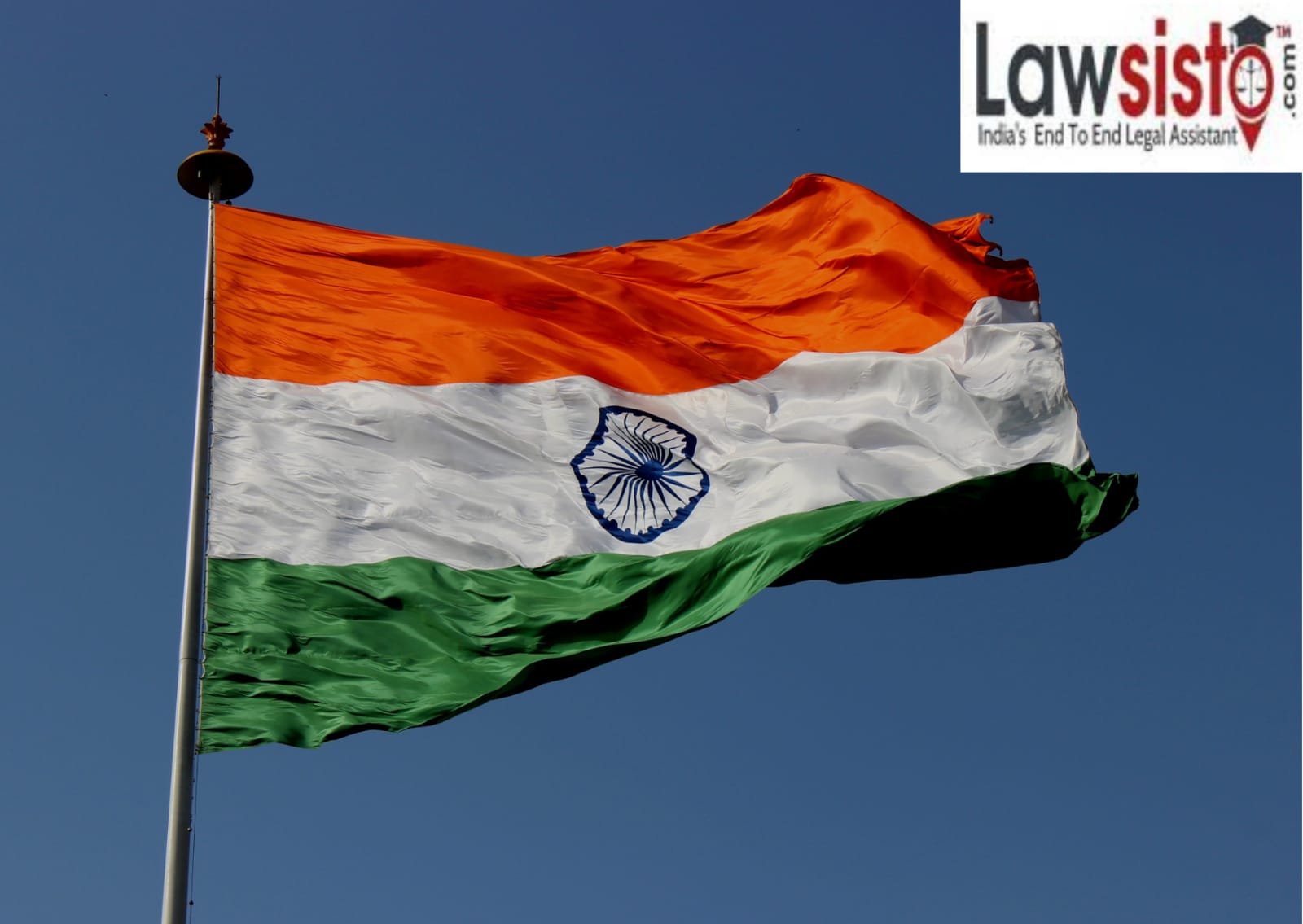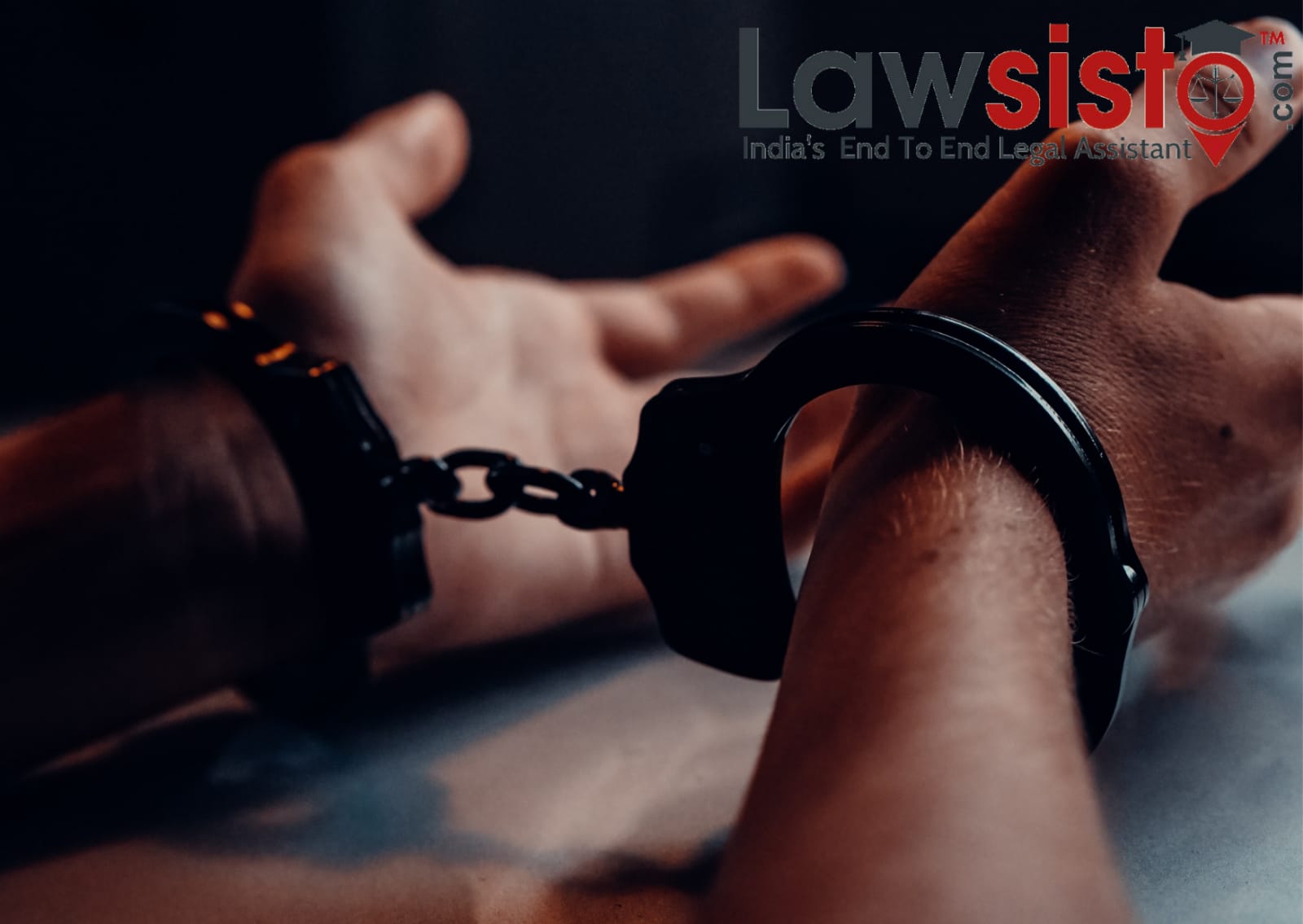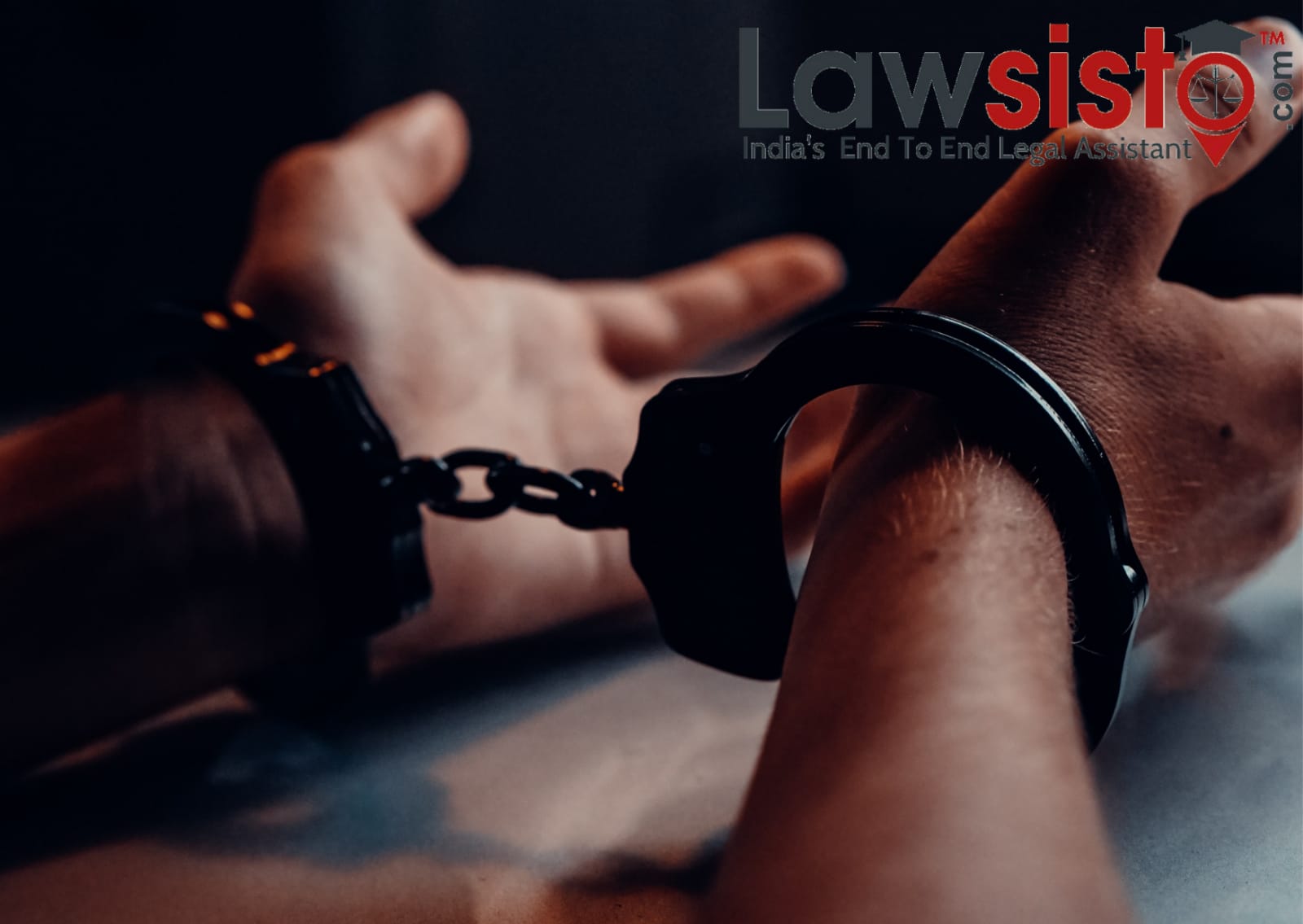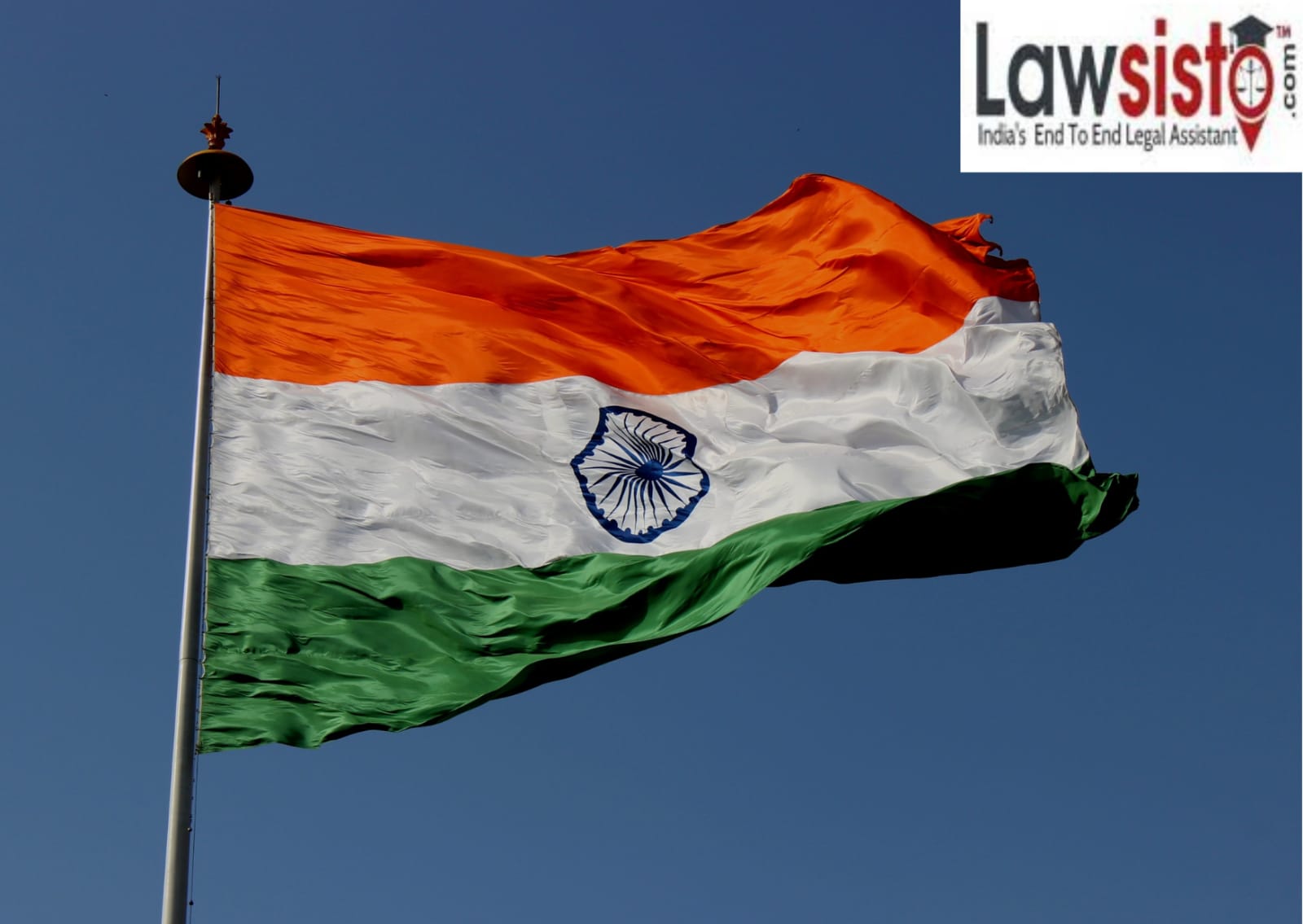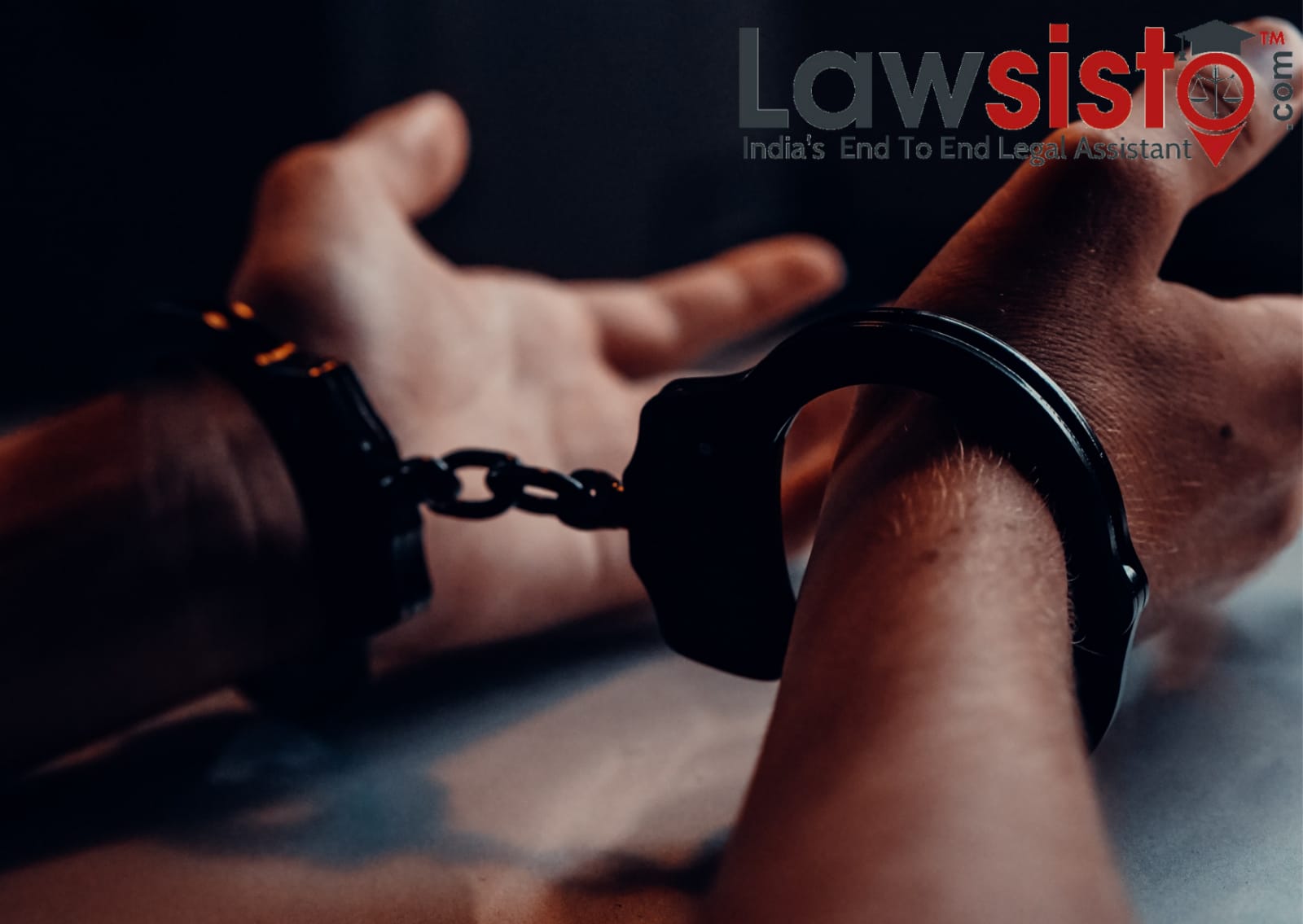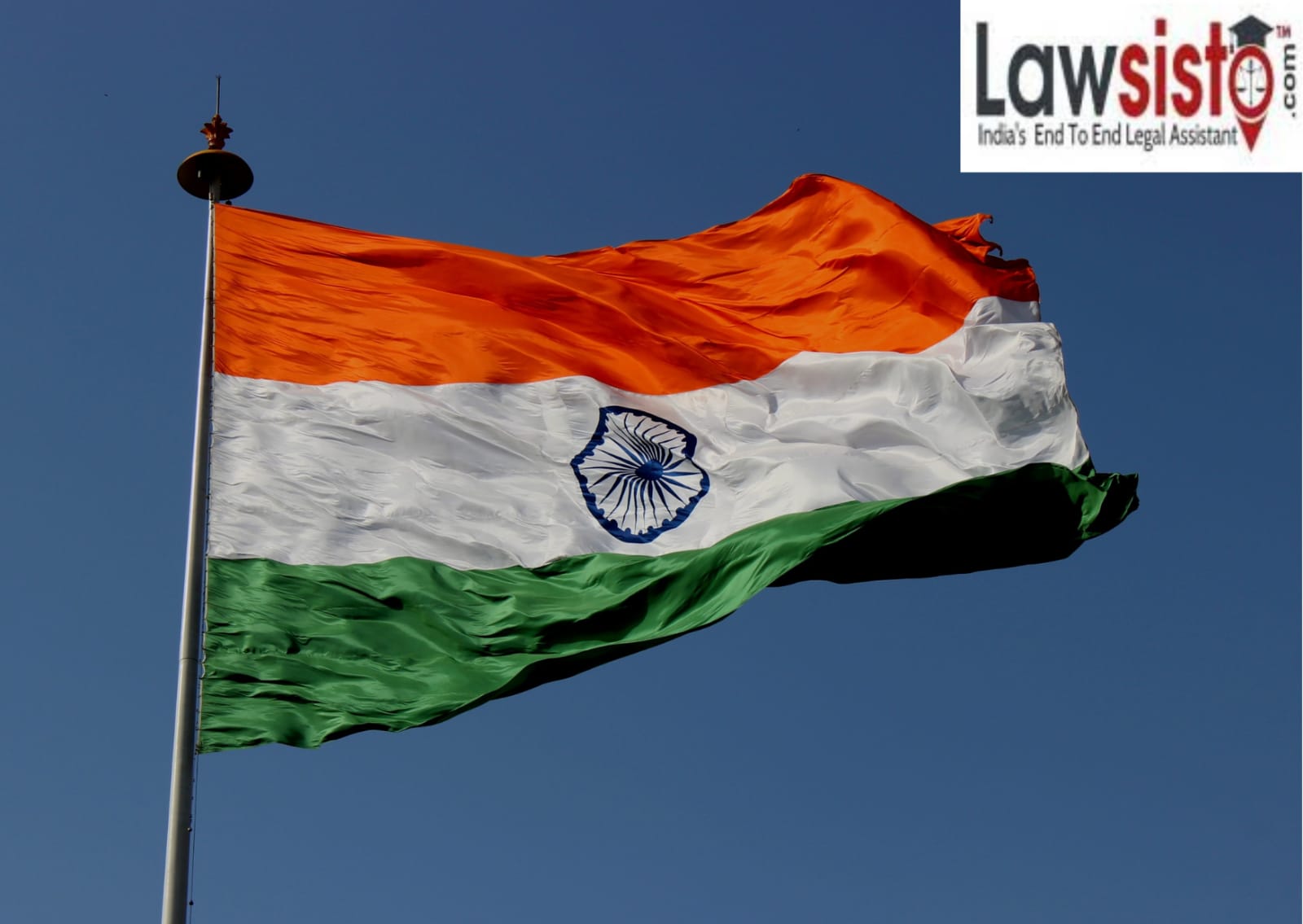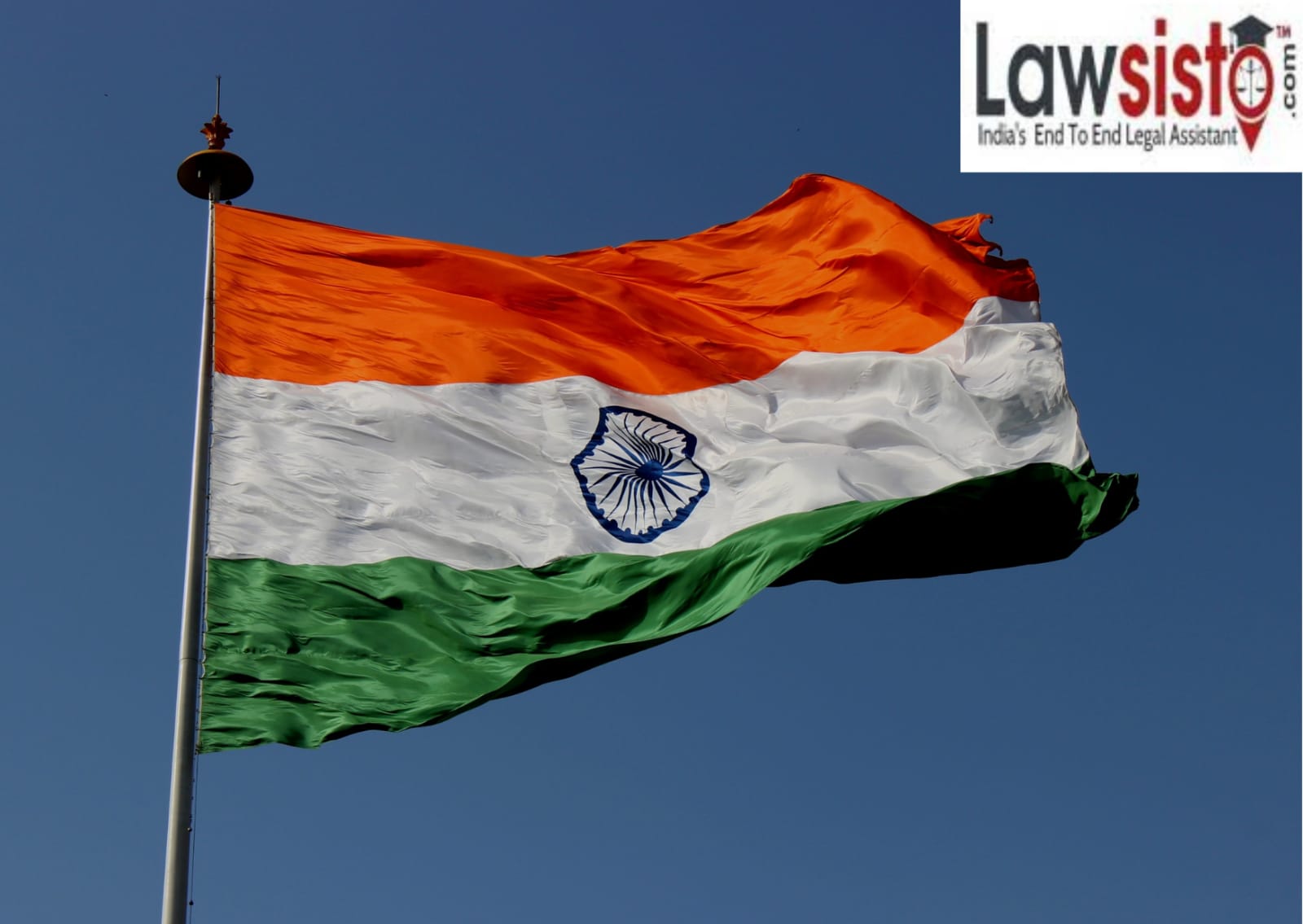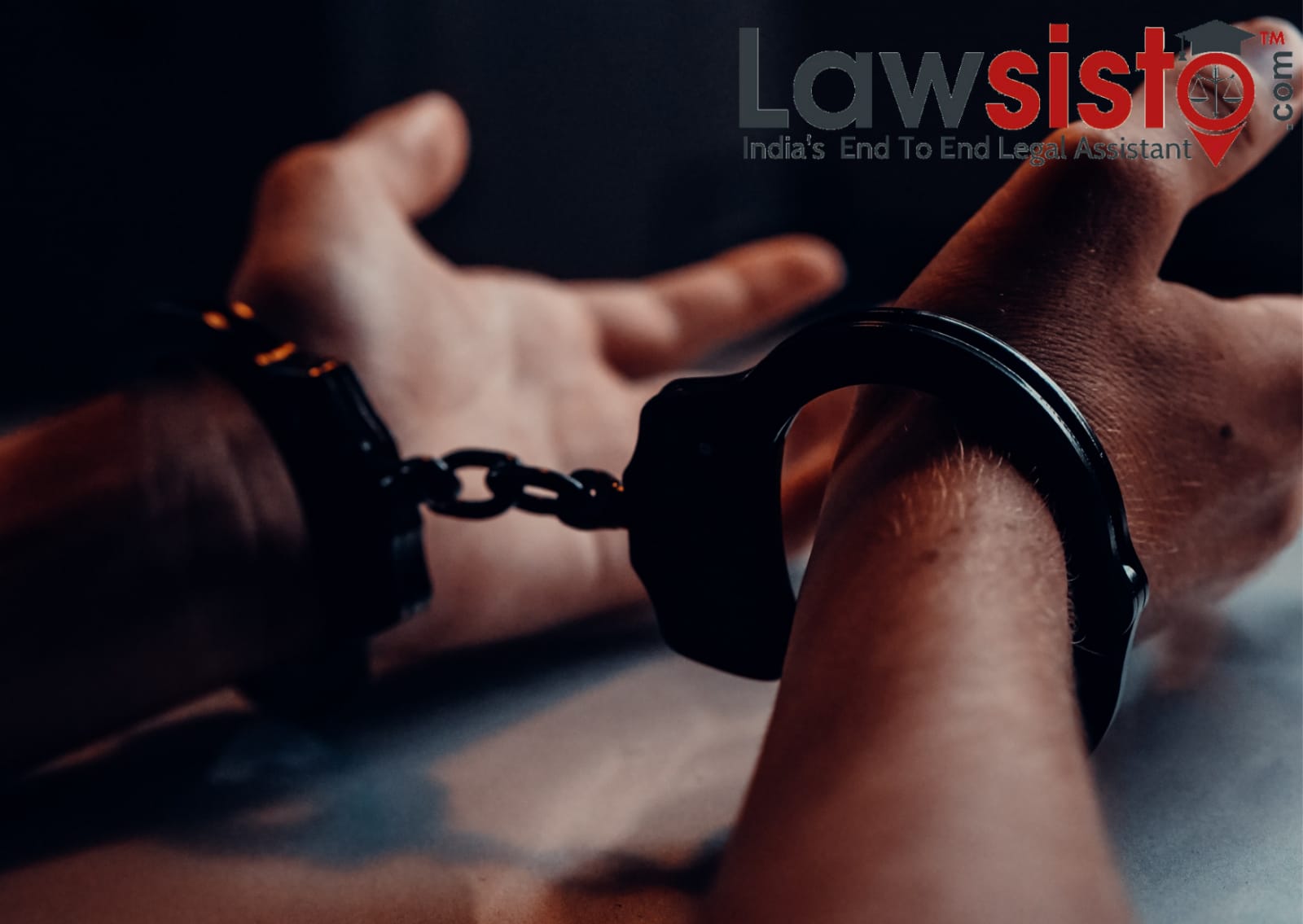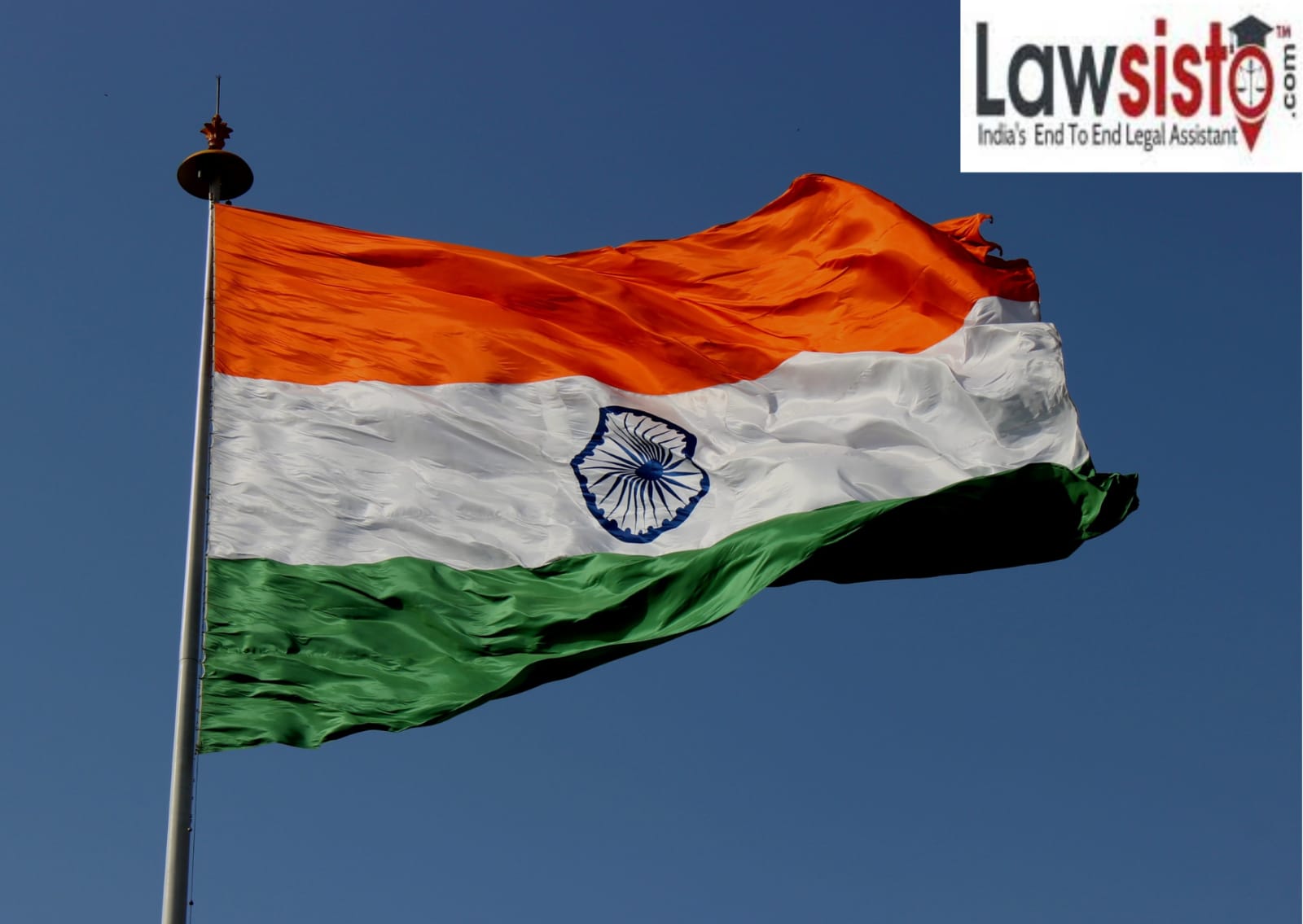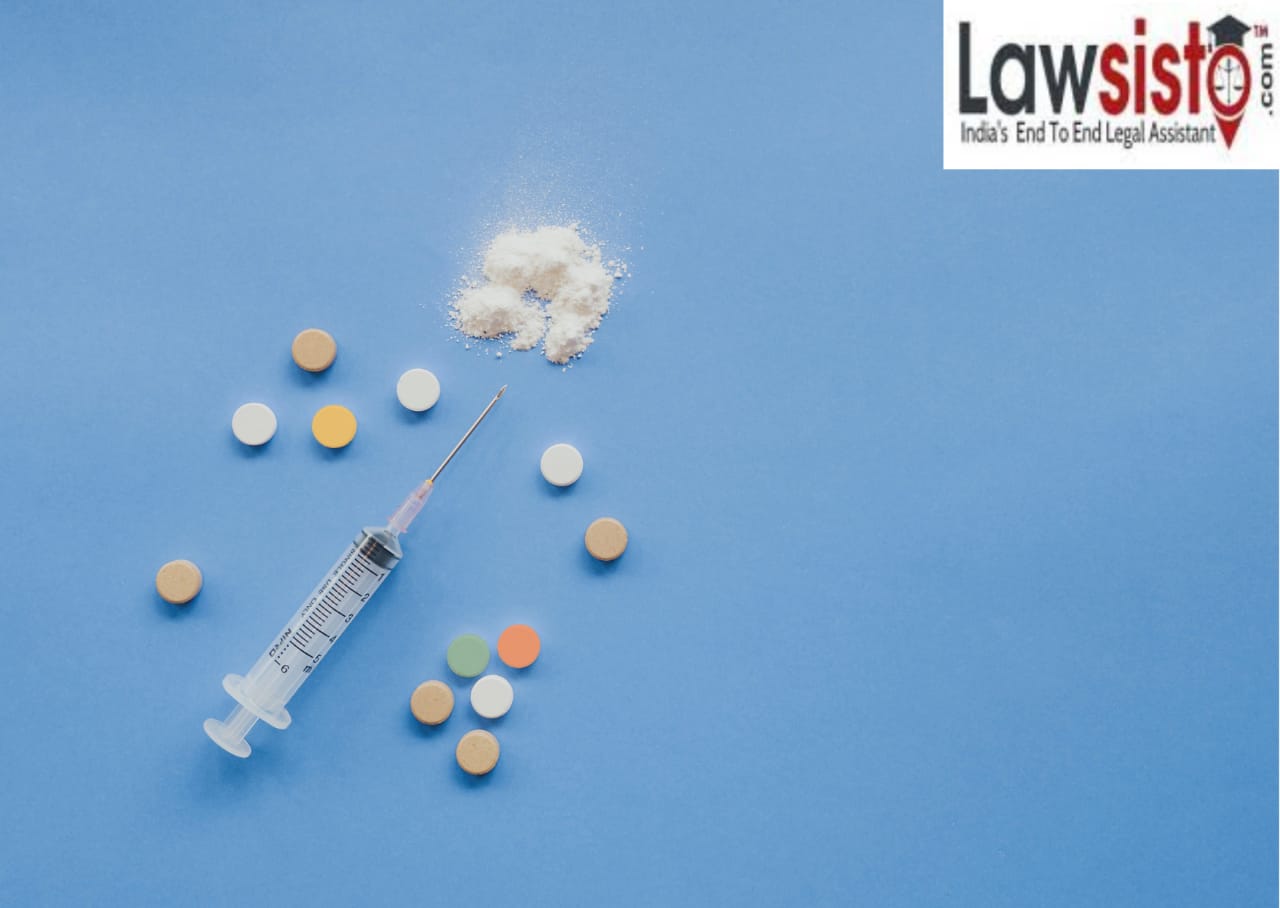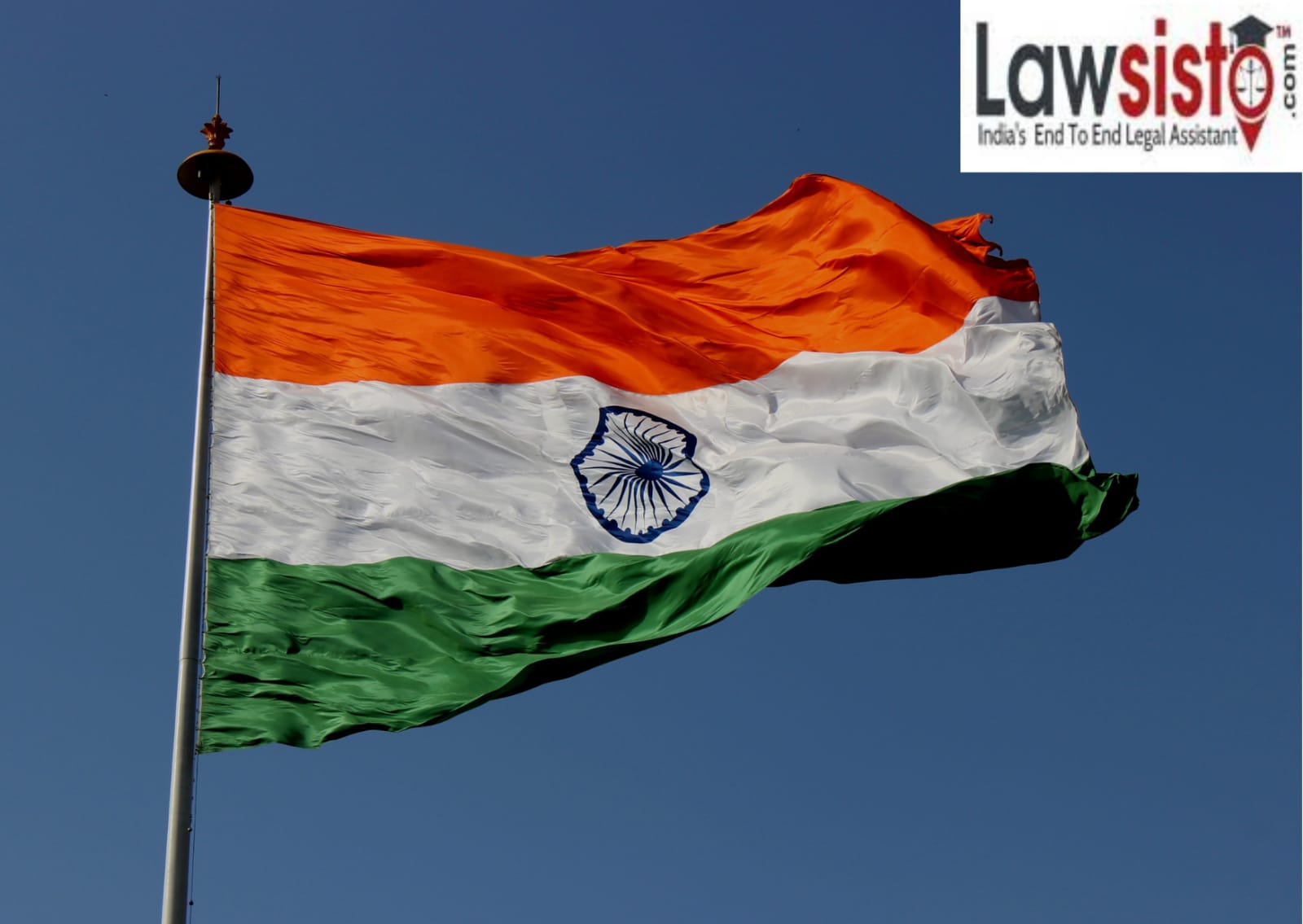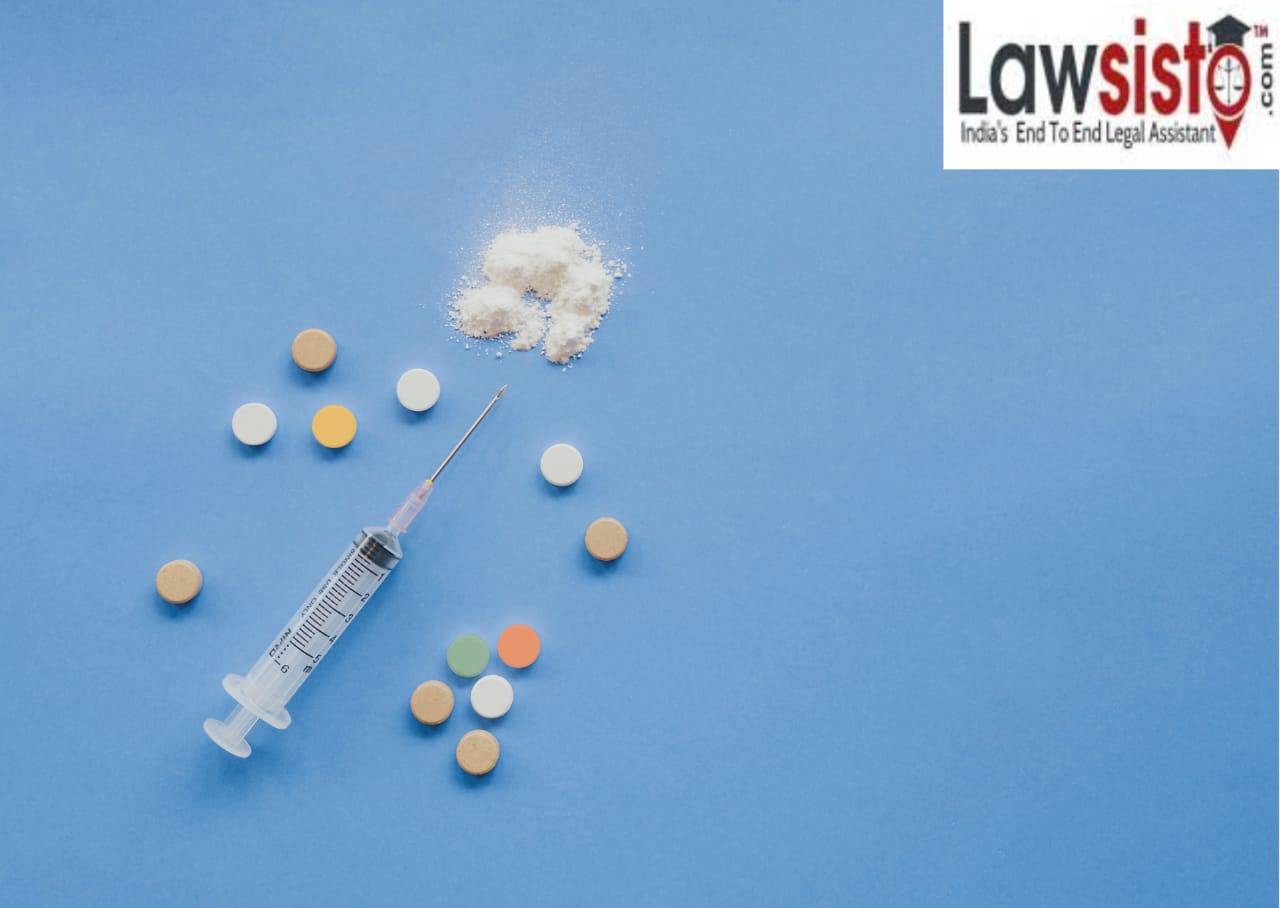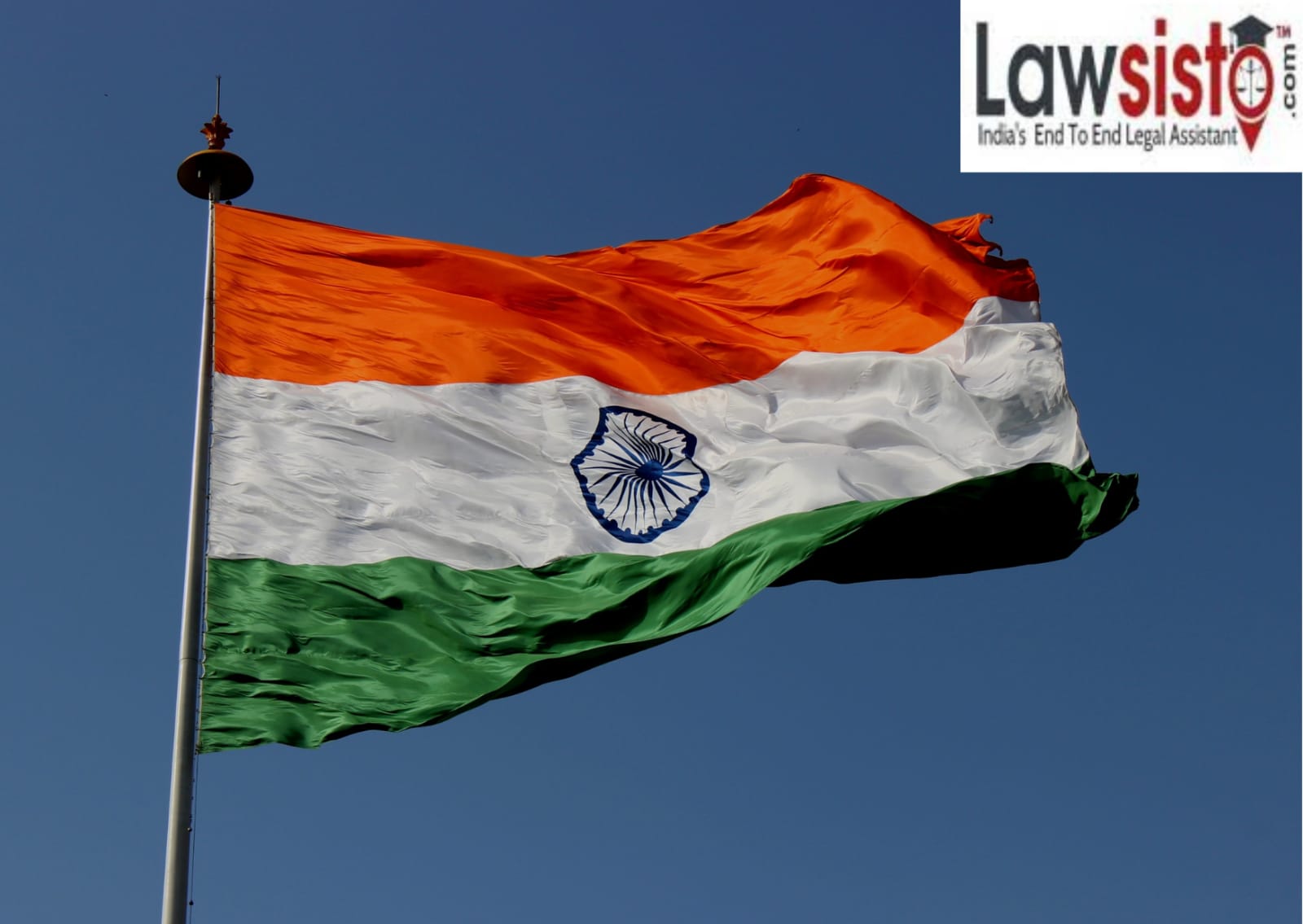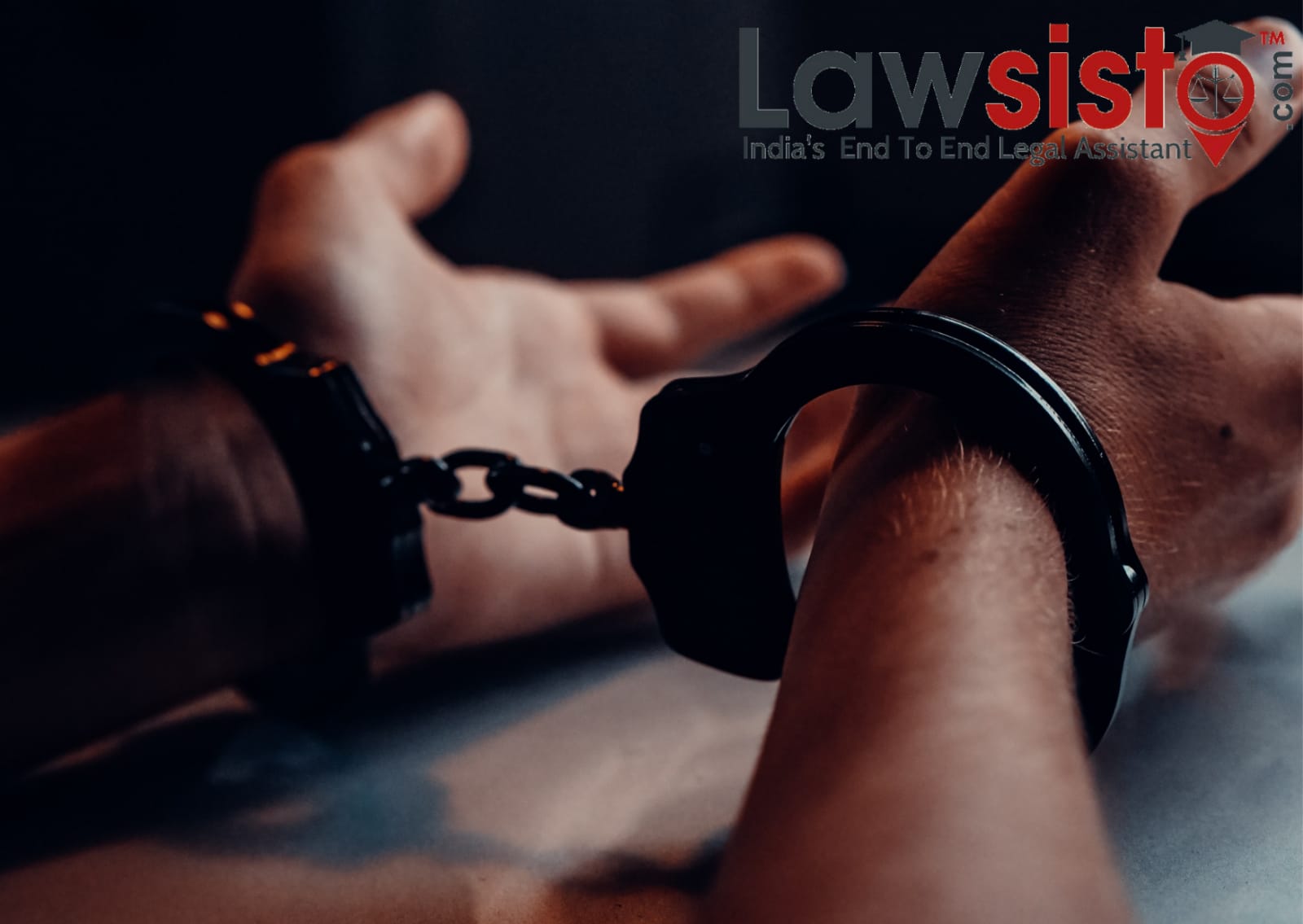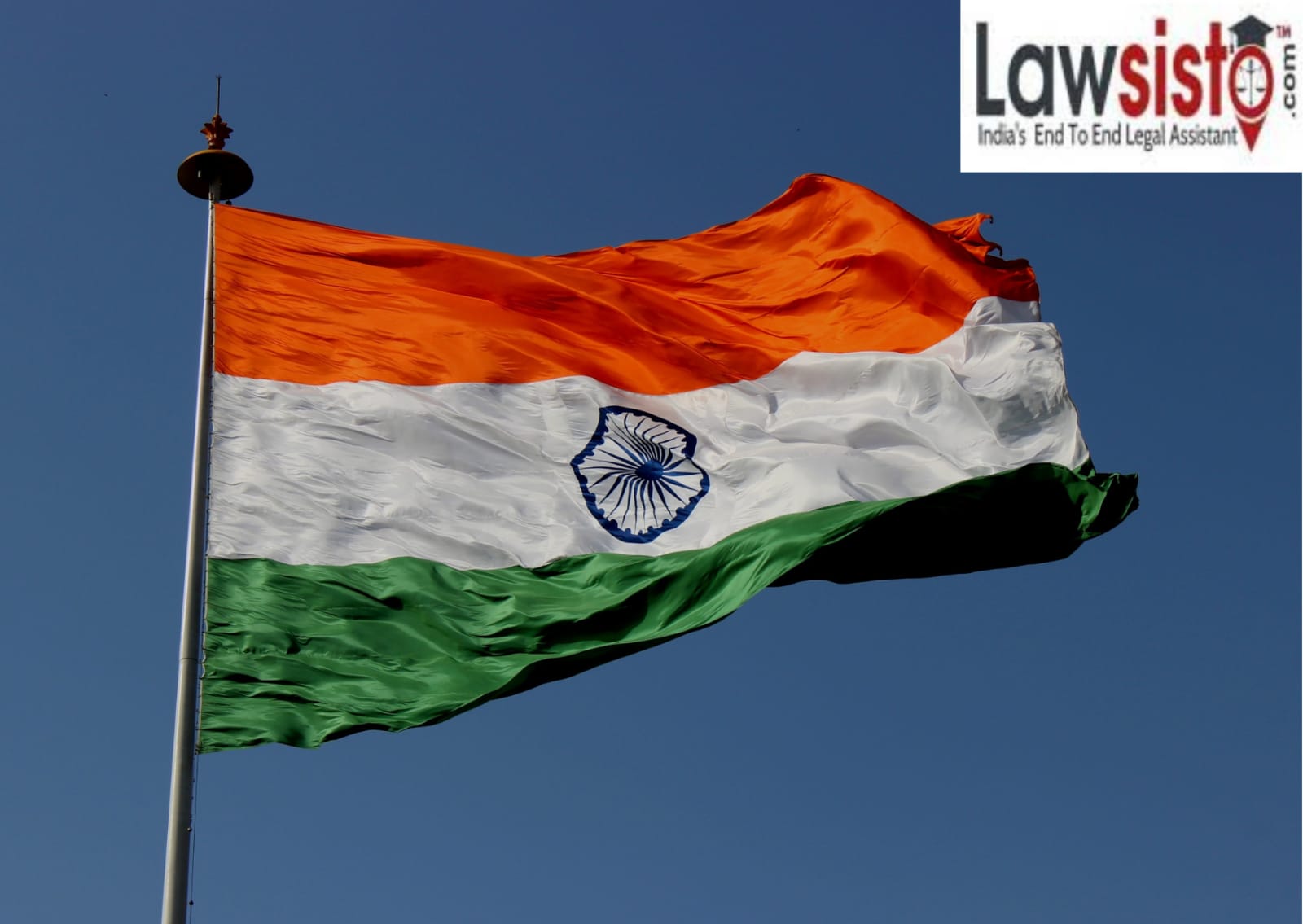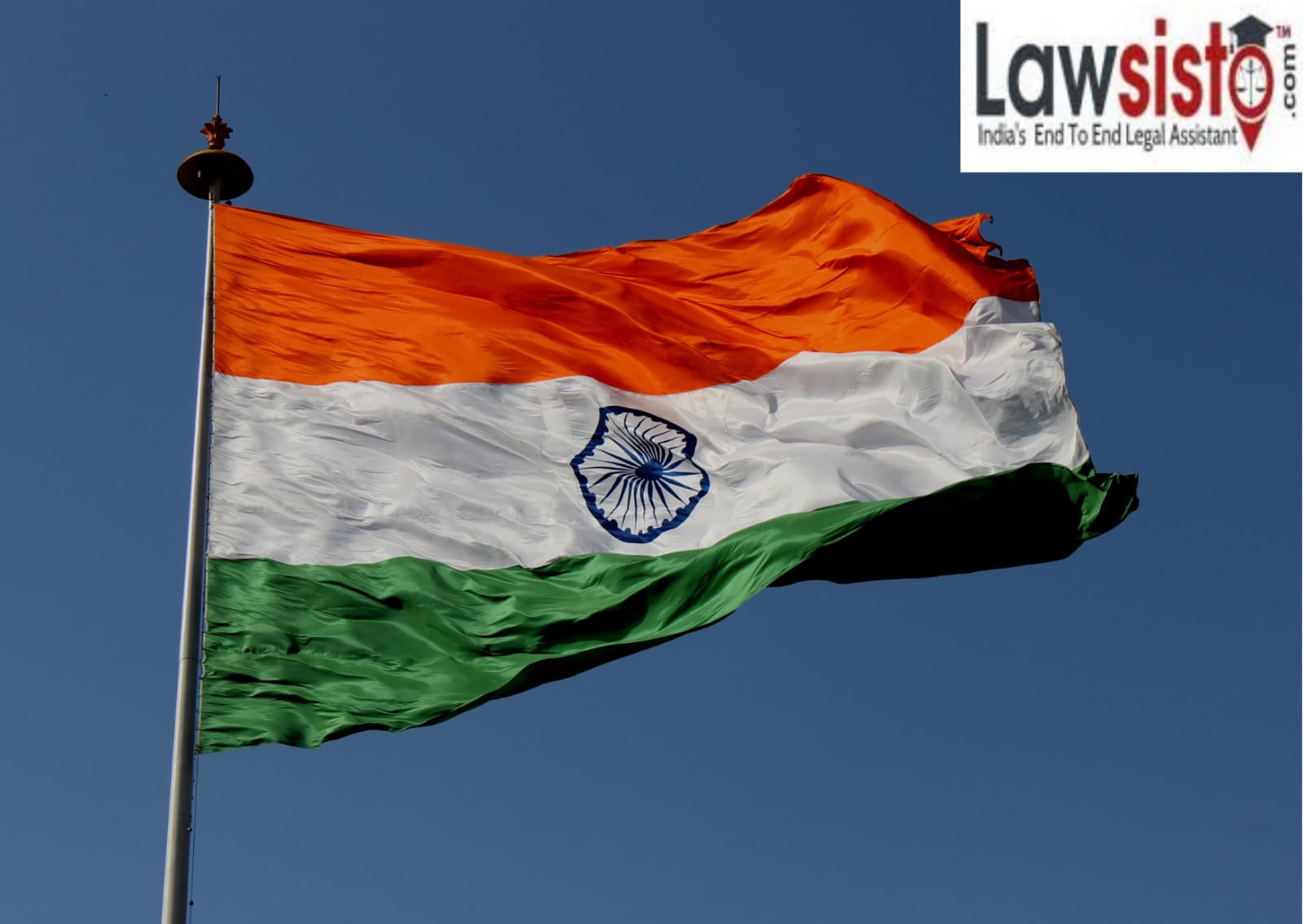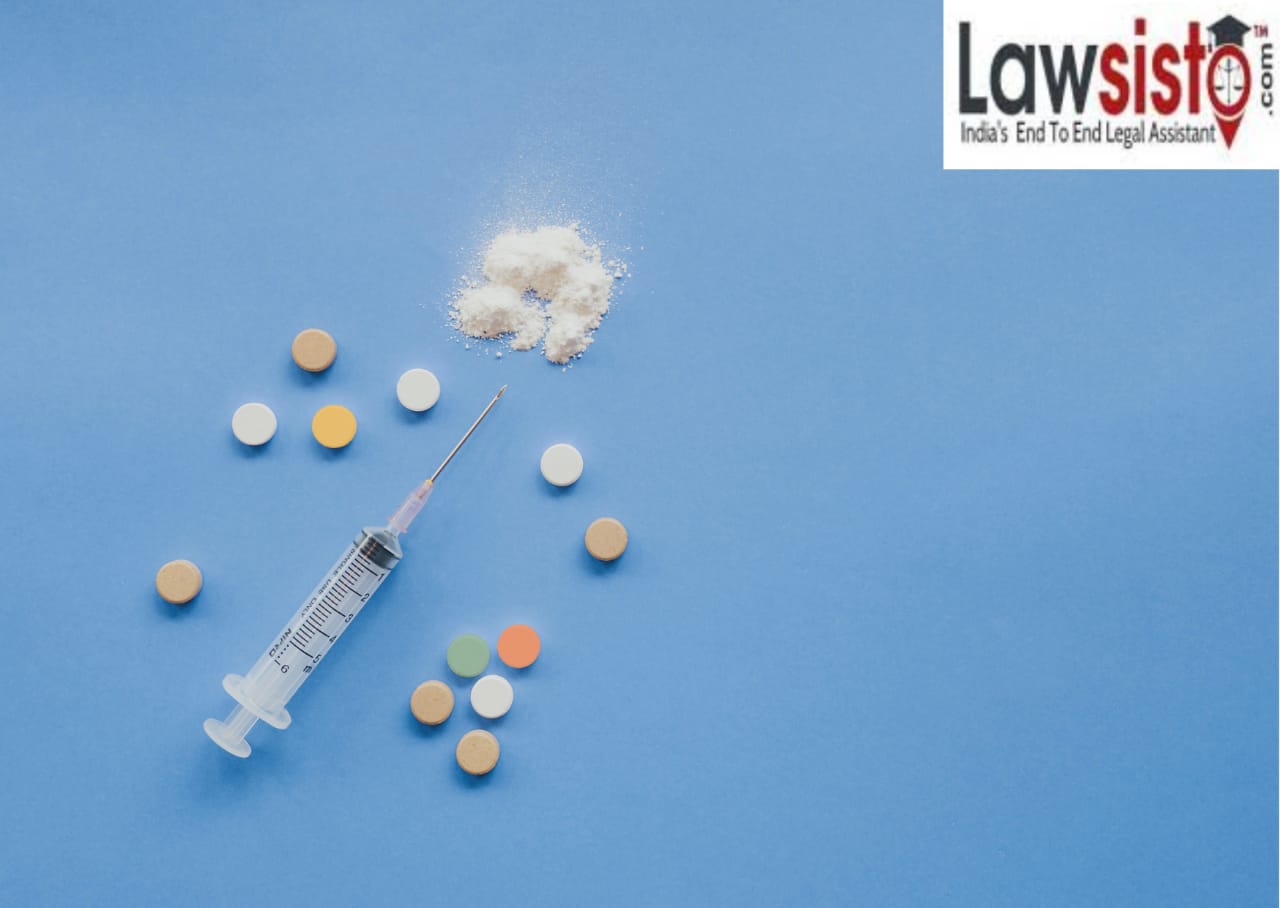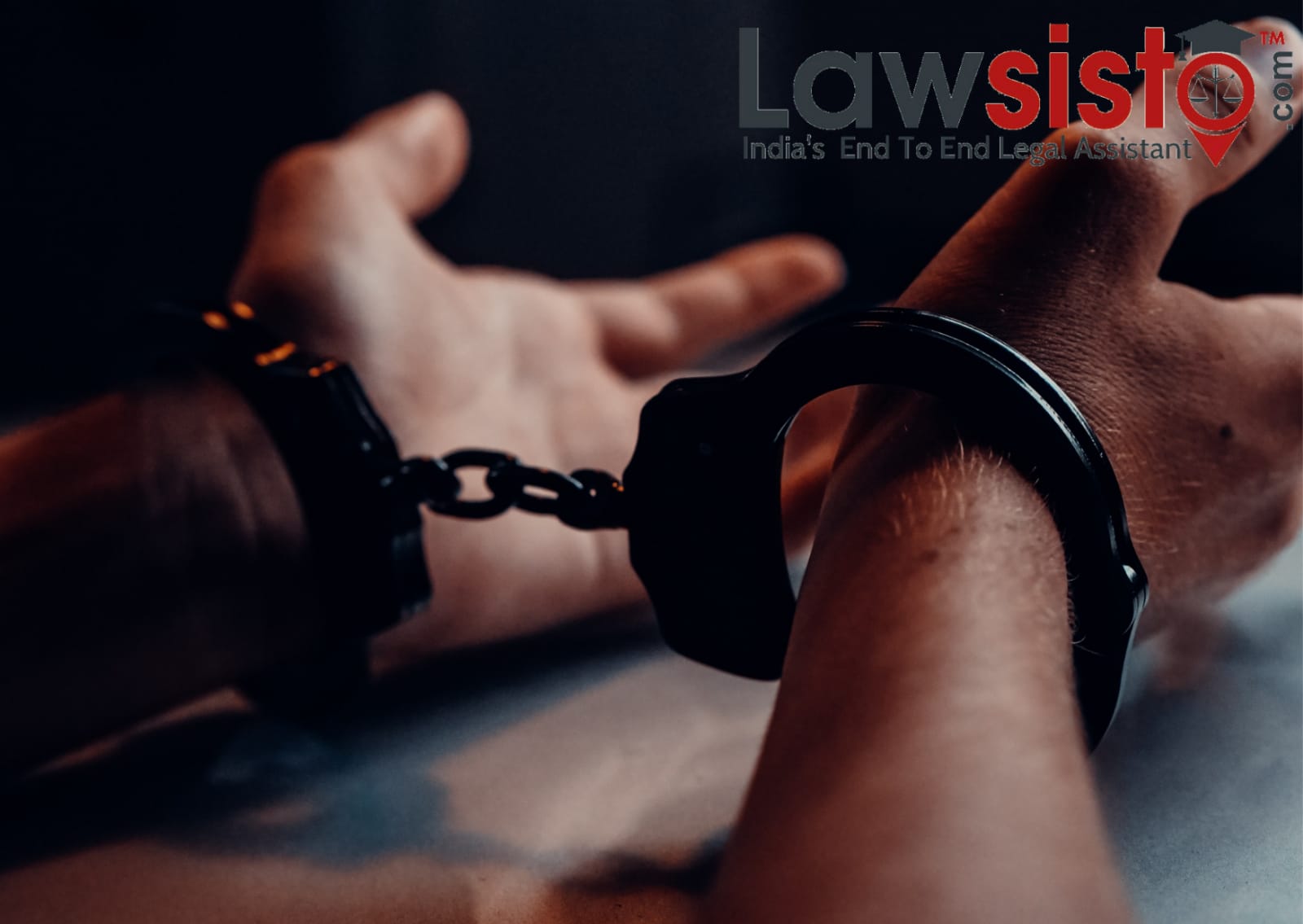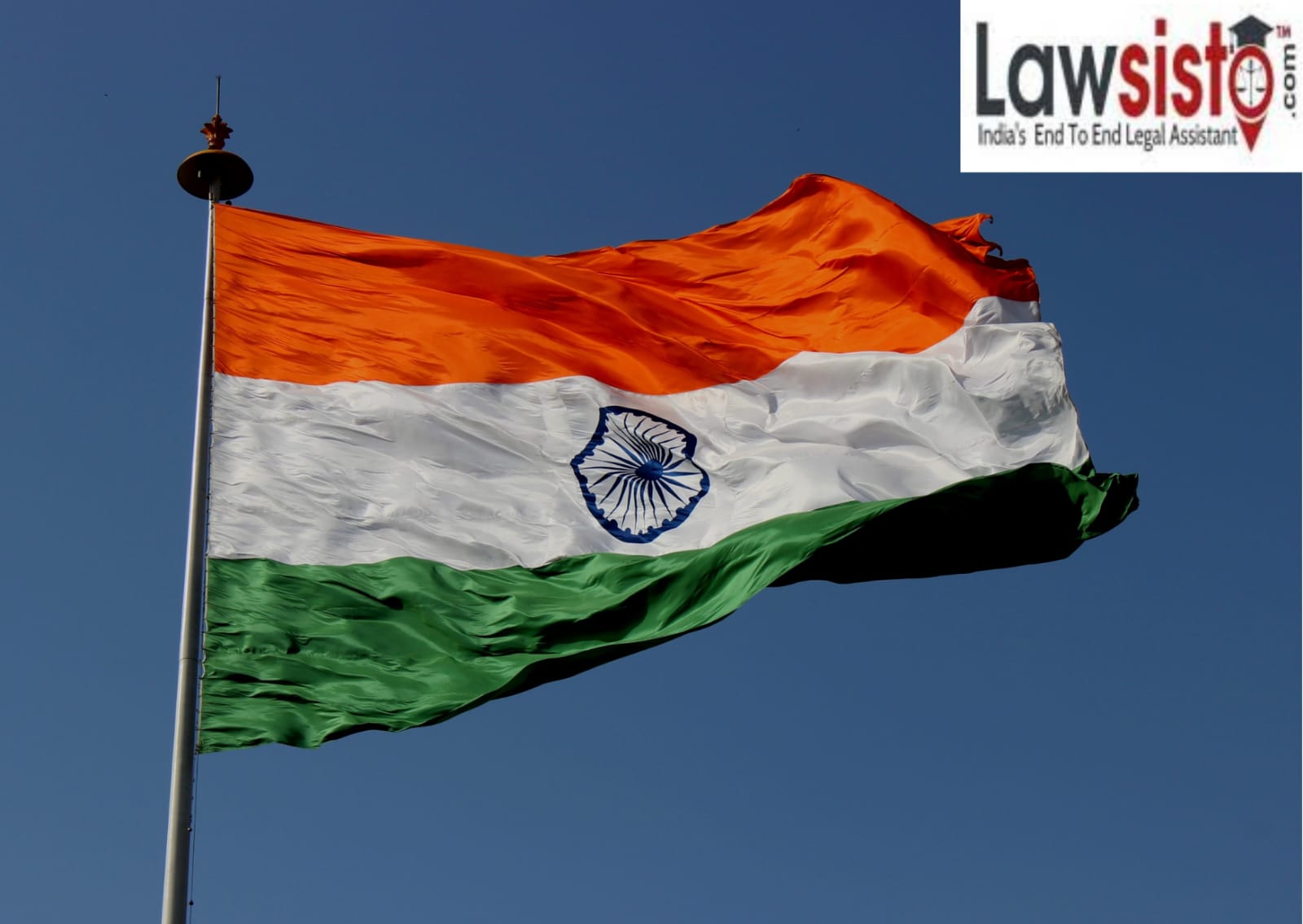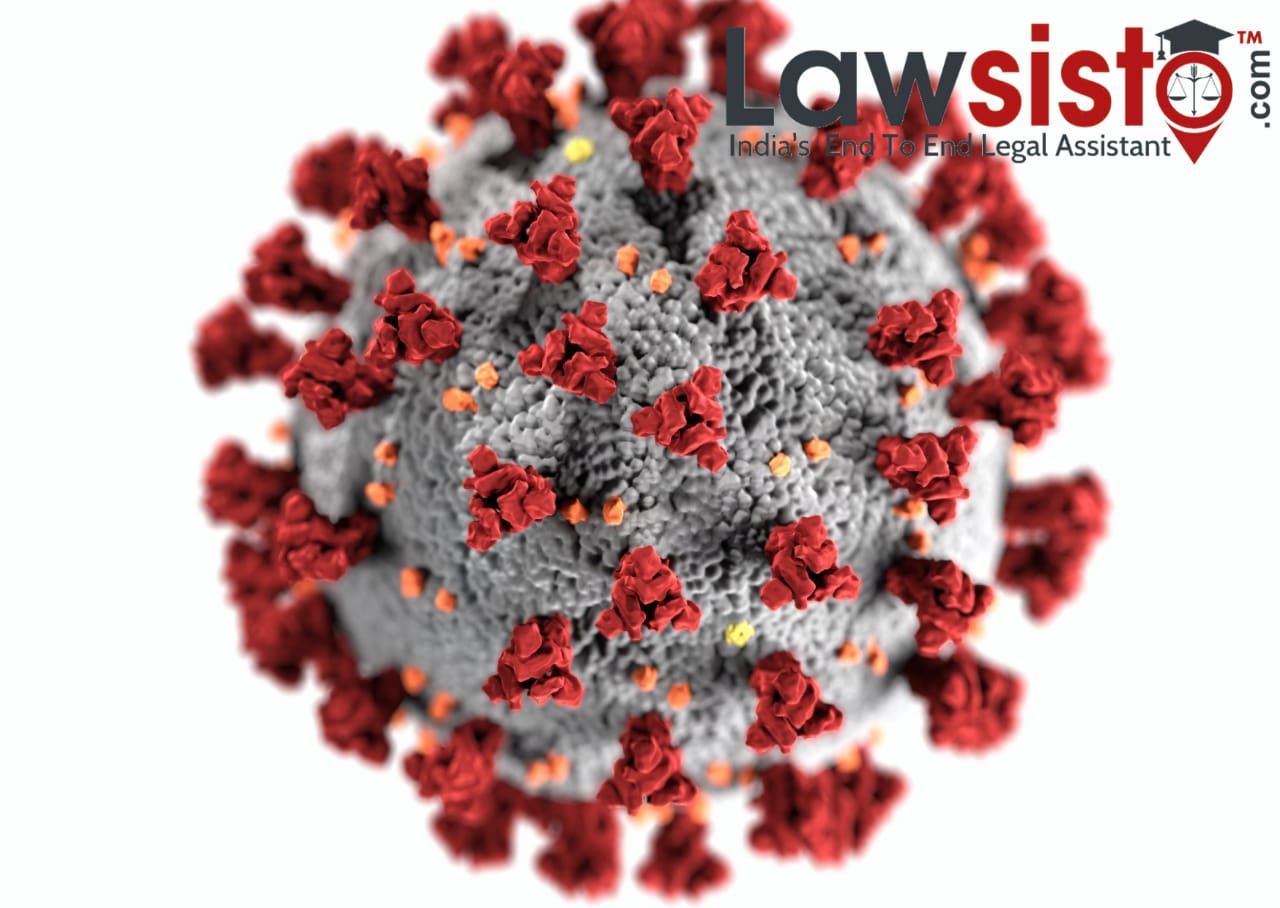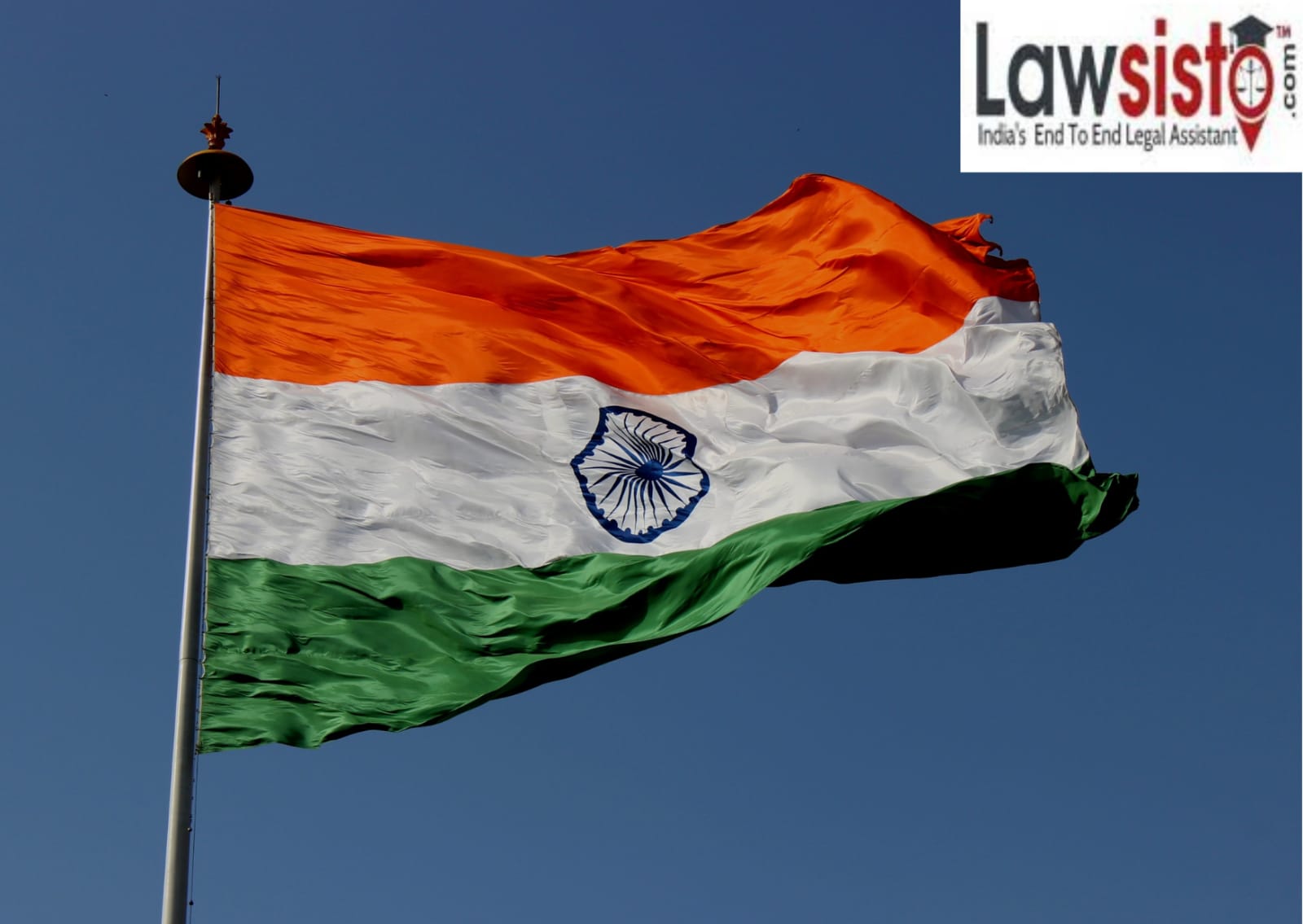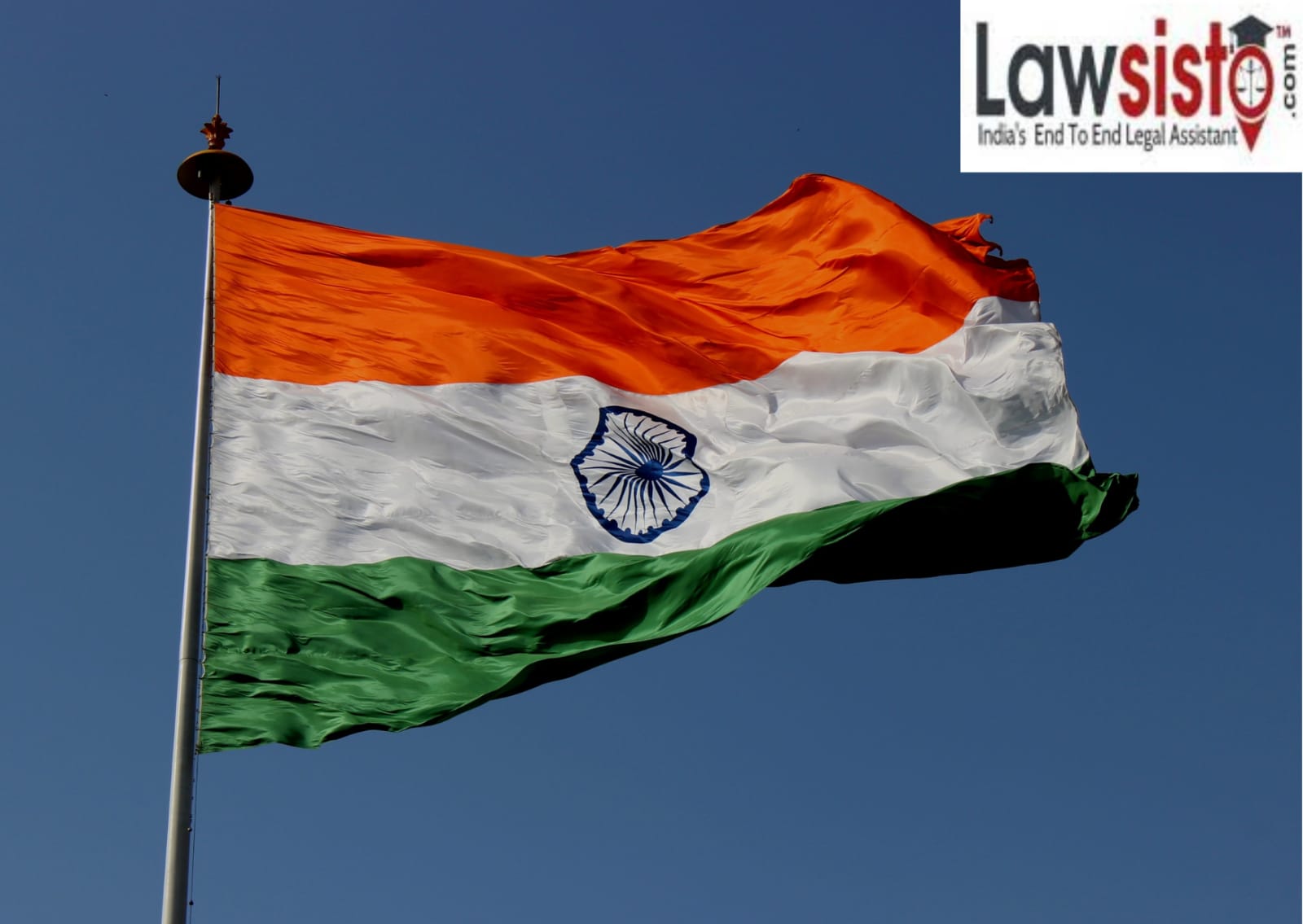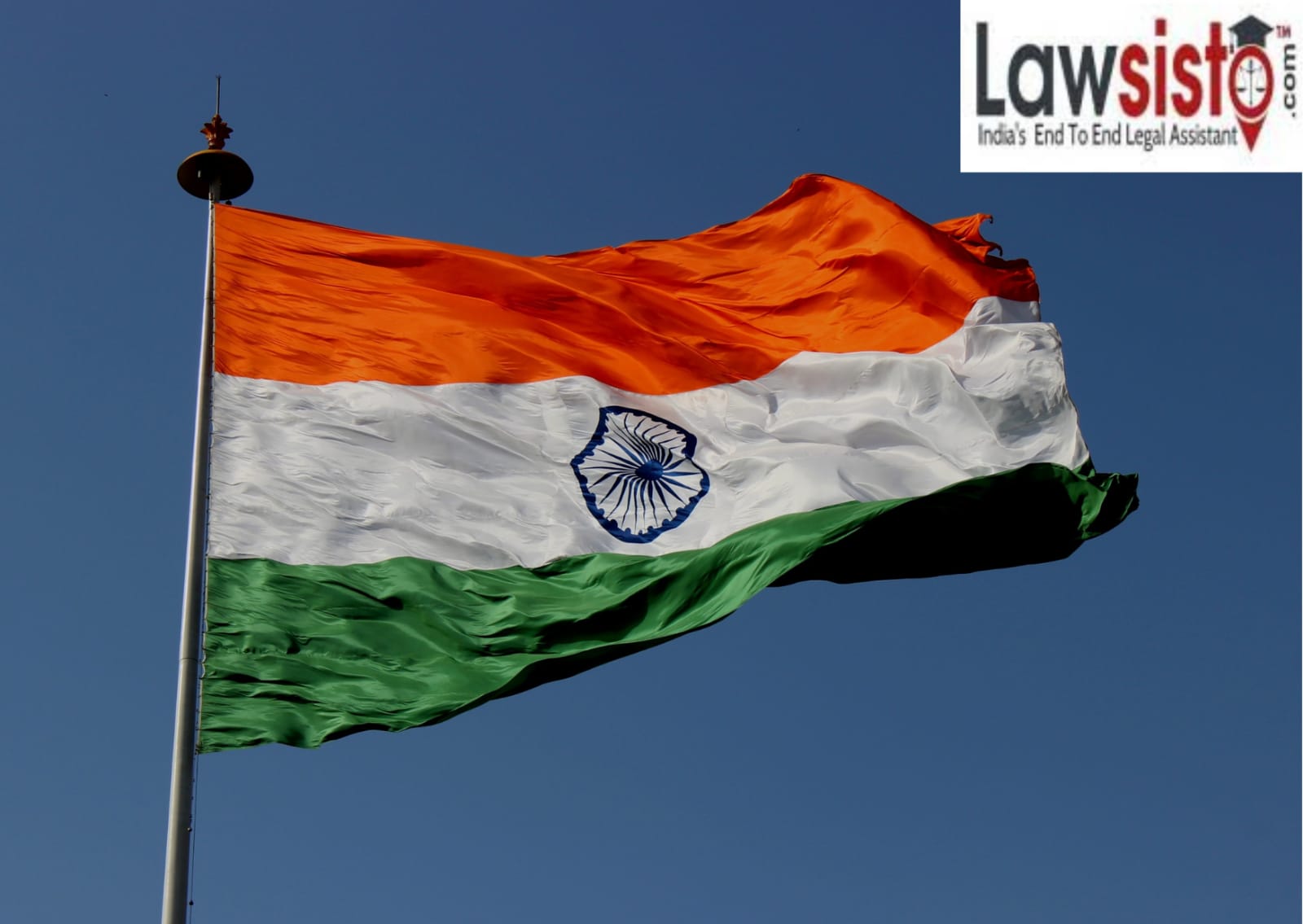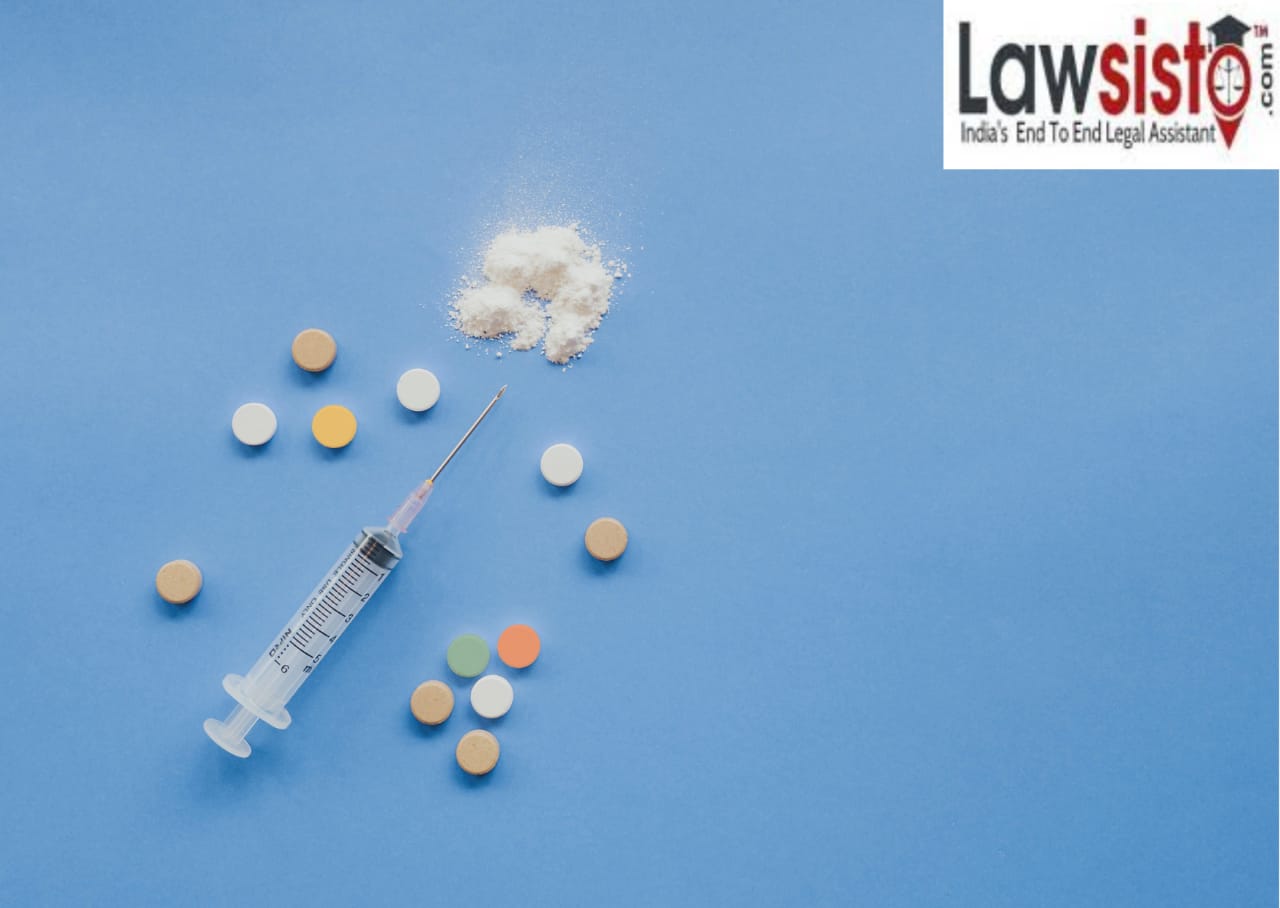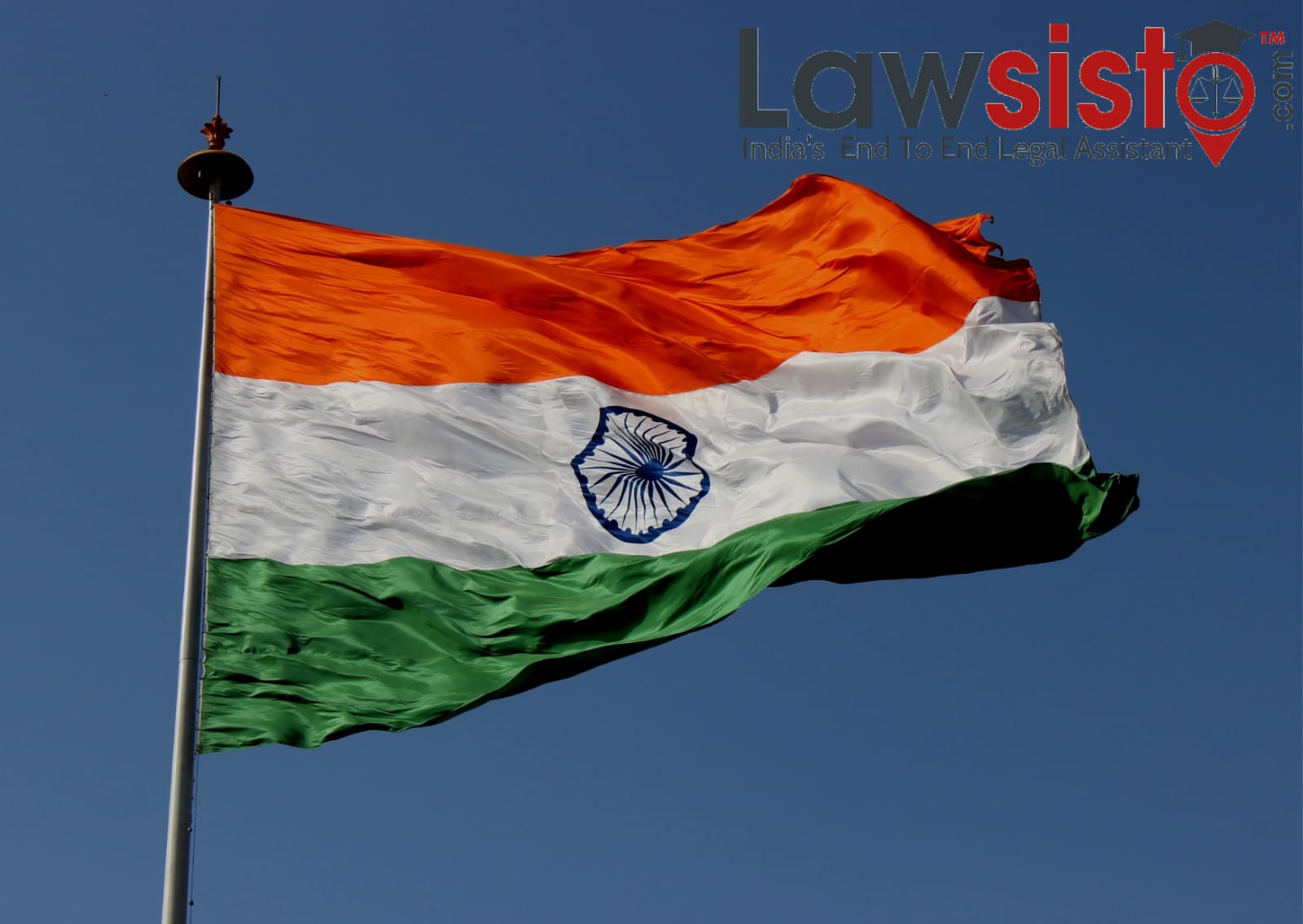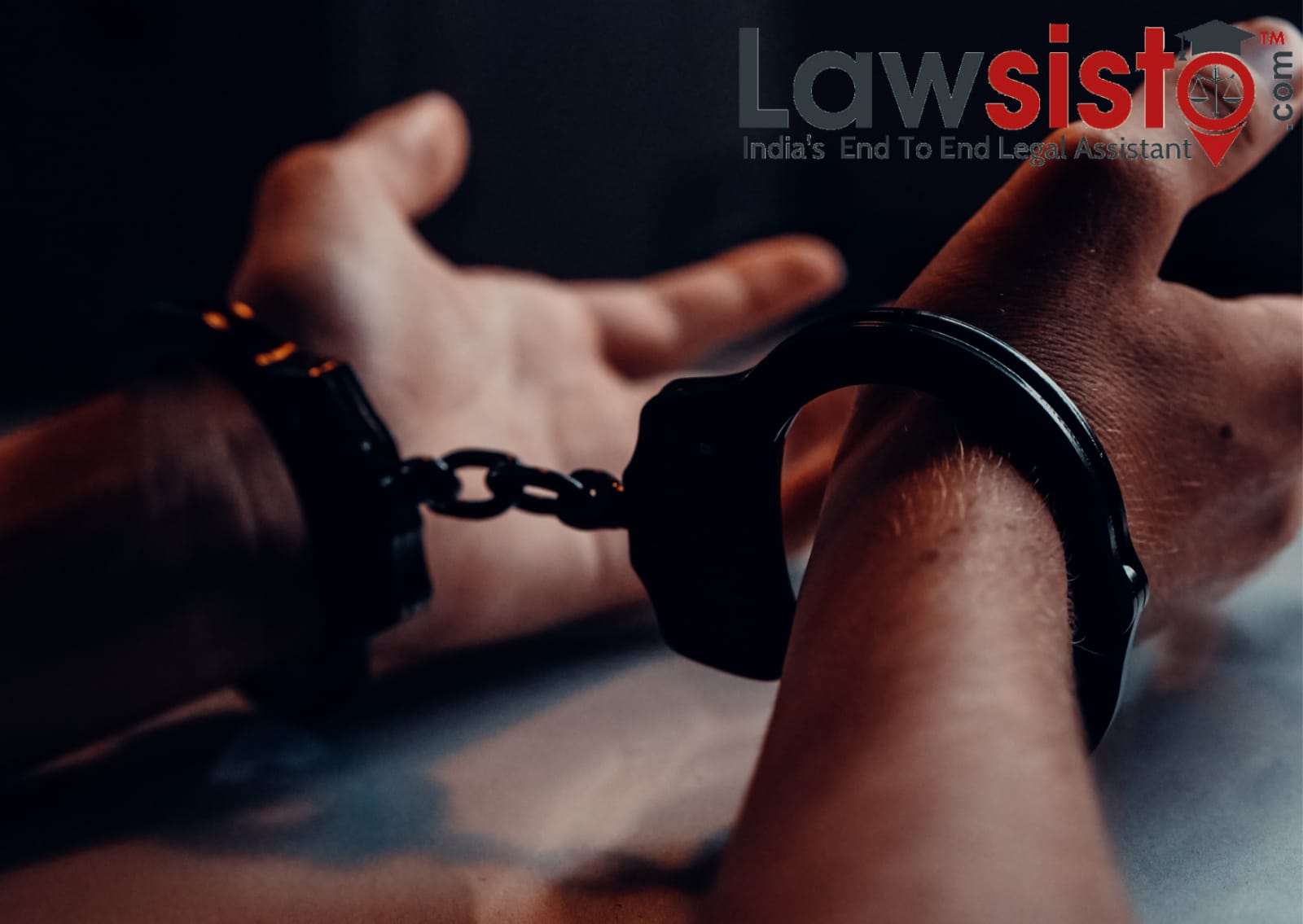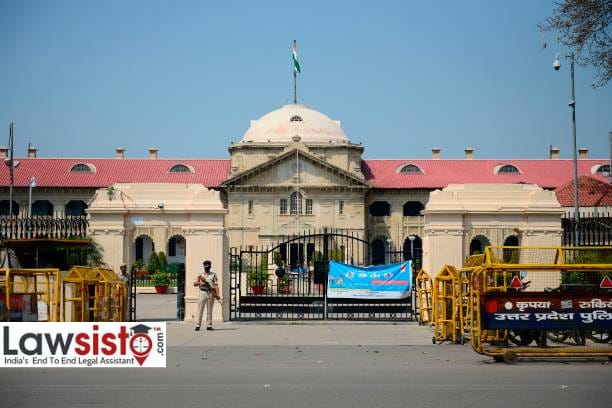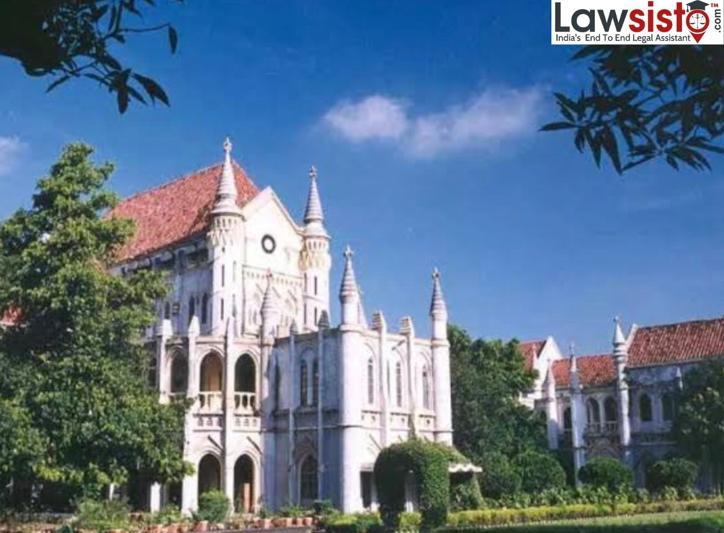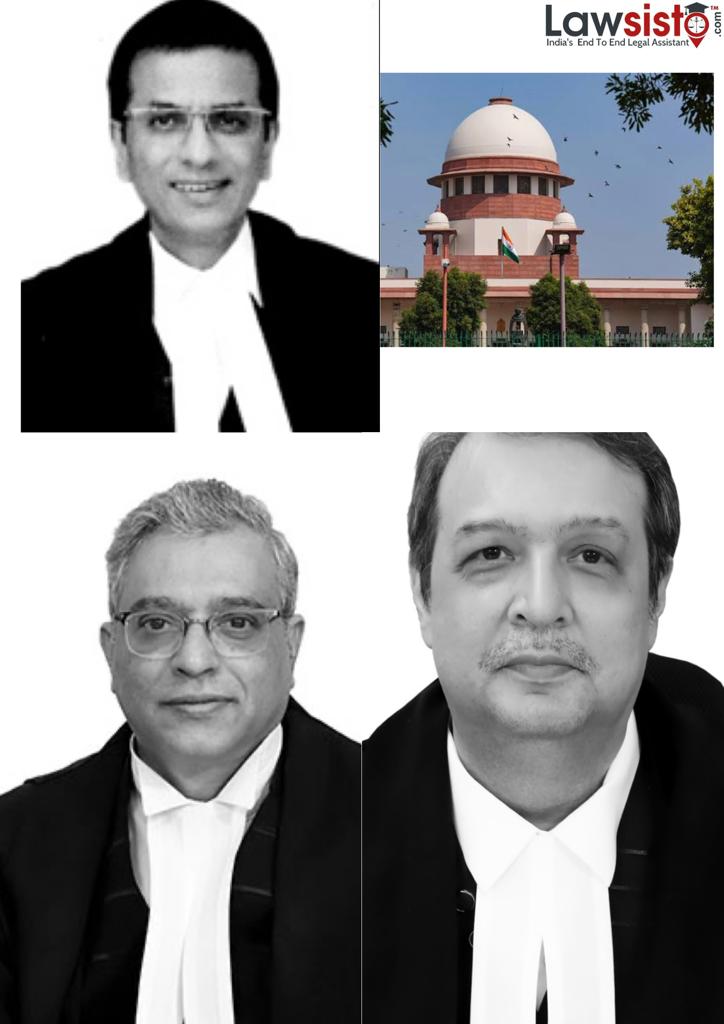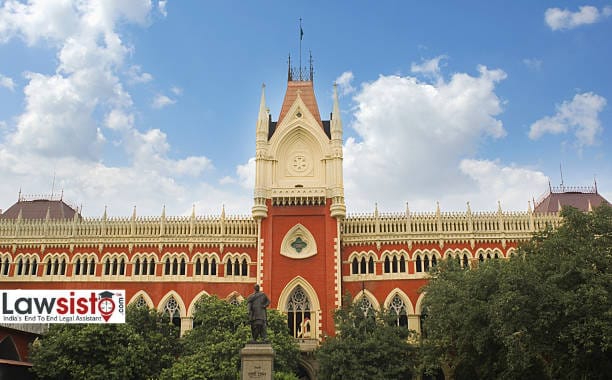Latest News
Pharmaceutical patenting in India-problem of public access to health.

Pharmaceutical patenting in India-problem of public access to health.
A pharmaceutical drug is also referred to as medicine it is a chemical substance used for preparing medicines for curing various diseases. And also for the some other treatment and cures. India like many other countries has recently began to grant pharmaceuticals product patent. India began to allow pharmaceutical products to become patented in 2005, following the country’s obligations under the World Trade Organization’s Agreement on Trade-Related Aspects of Intellectual Property Rights (TRIPS). In doing so, the Indian government inserted a controversial provision into the patent law, Section 3(d), which tries to limit the grant of “secondary” pharmaceutical patents, i.e., patents on new forms of existing molecules and drugs Section 3(d) has been a ground for various conflicts. One of the most famous case that brought the world’s attention to section 3(d) was the Indian patent office’s(IPO) where the decision was to reject a secondary patent on NOVARTIS A CANCER DRUG “GLEEVEC” . It challenged the constitutionality of section 3(d) and also appealed the IPO’s decision, which in tuen inspired the health activist to start a campaign against Novartis and supported the provision. The decision of the IPAB on the rejection on the grounds of section 3(d) was upheld and was also supported by the supreme court in 2013. India also enjoys several strengths amongst other developing country and particulary in the area of pharmaceutical drugs and proudly holds world cheapest pharma industry. But there are still so many debates and controversies over section 3(d).It has triggered views on pharmaceuticals patents in india and also in developing countries.This section has been held out as model to follow. Drug companies often abuse the monopoly of patents and also unreasonably high prices for the patented medicines.The introduction of product patent has reduced the accessibility if drugs. A large number of generic drugs are being patented in India including vaccines making it difficult for the industry to produce life-saving medicines. Various patient groups note that India's 'strict' patent regime was one of the reasons why drugs are available at affordable prices in India. Cancer Patients Aid Association (CPAA) Chairman and Chief Executive, Y.K. Sapru quoted, "interventions and patent challenges by patient groups have helped to reduce the prices of many drugs. Still, cancer drugs like Herceptin are available in India only at a very high cost," he says.





